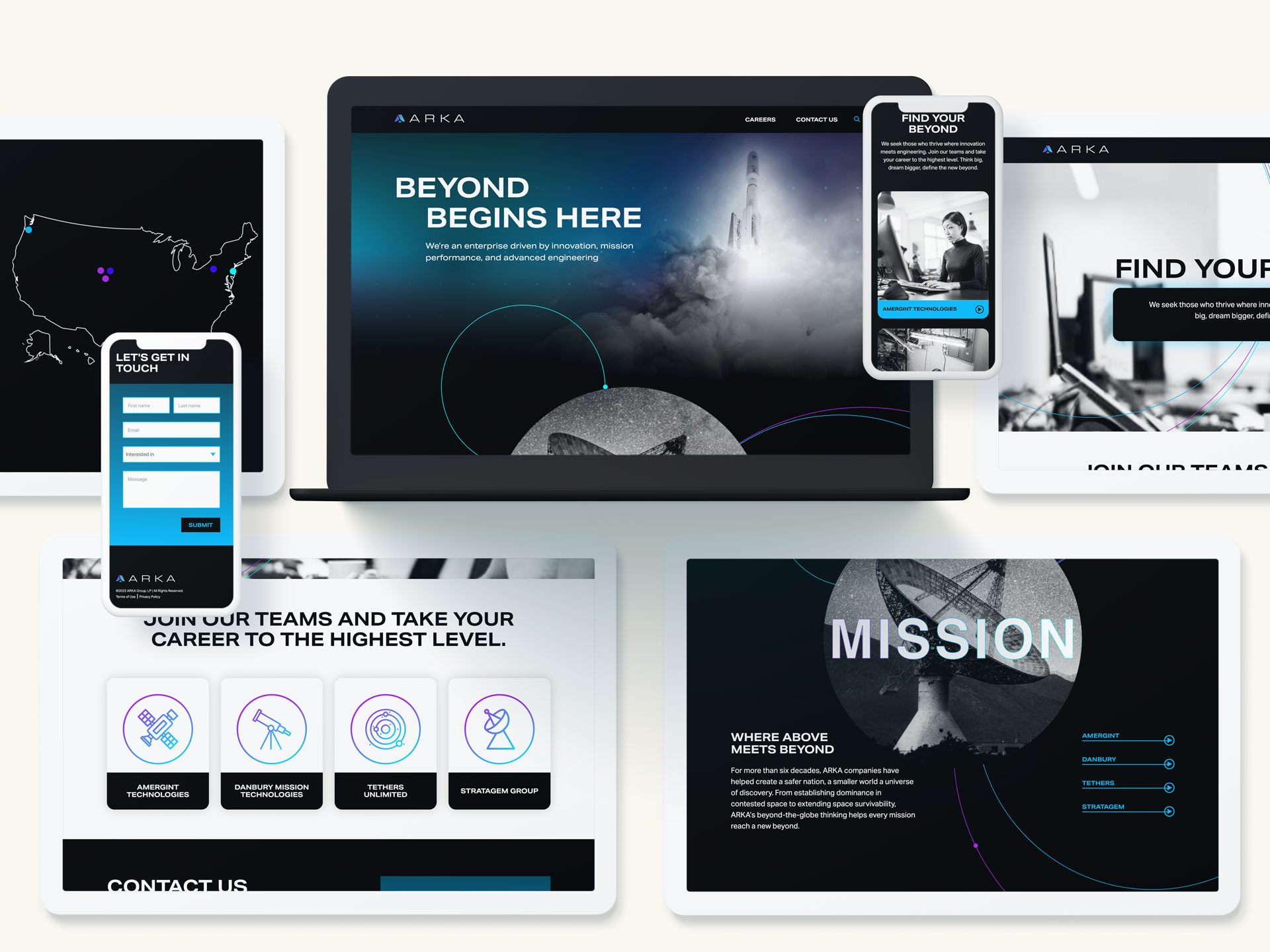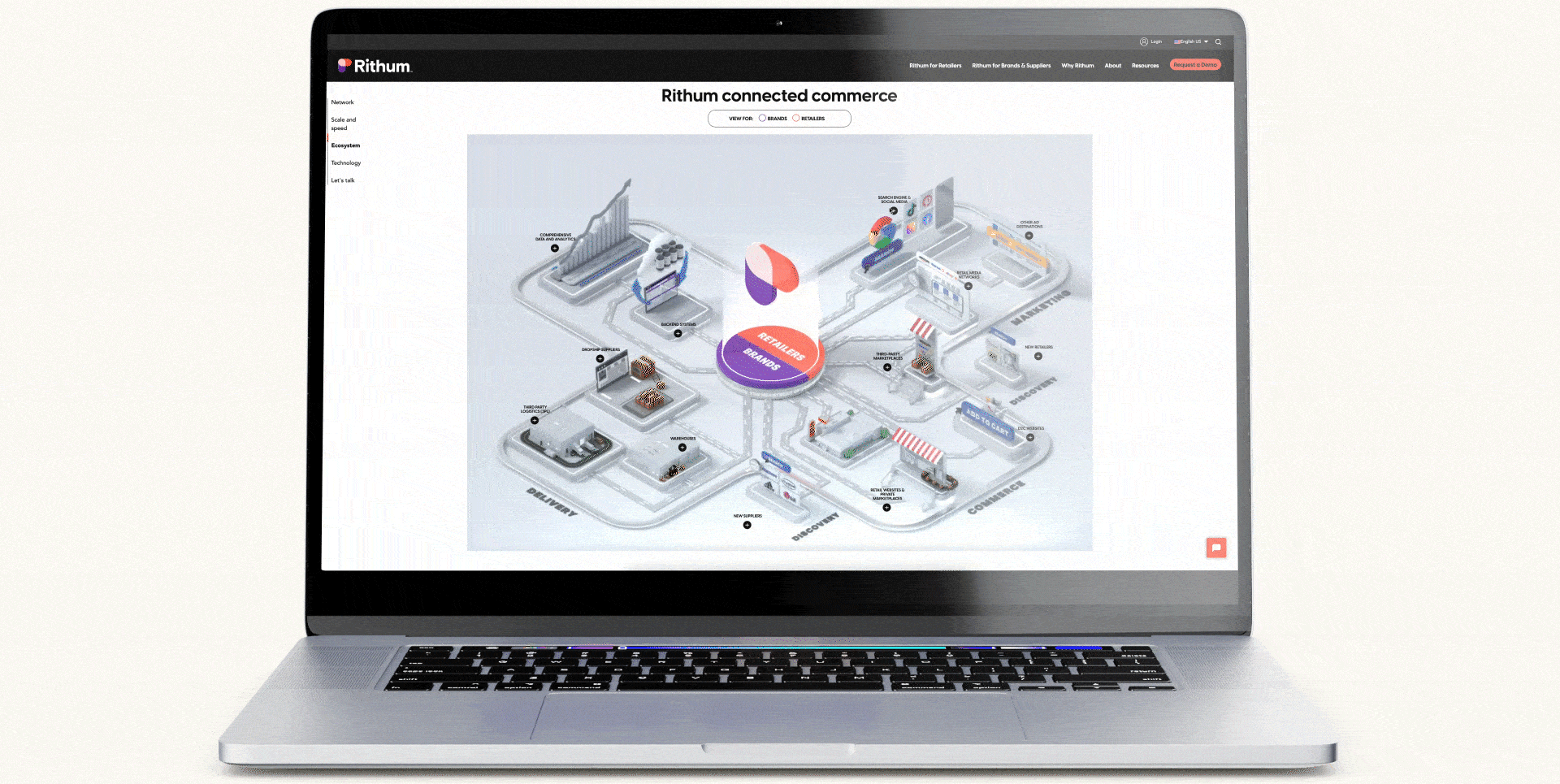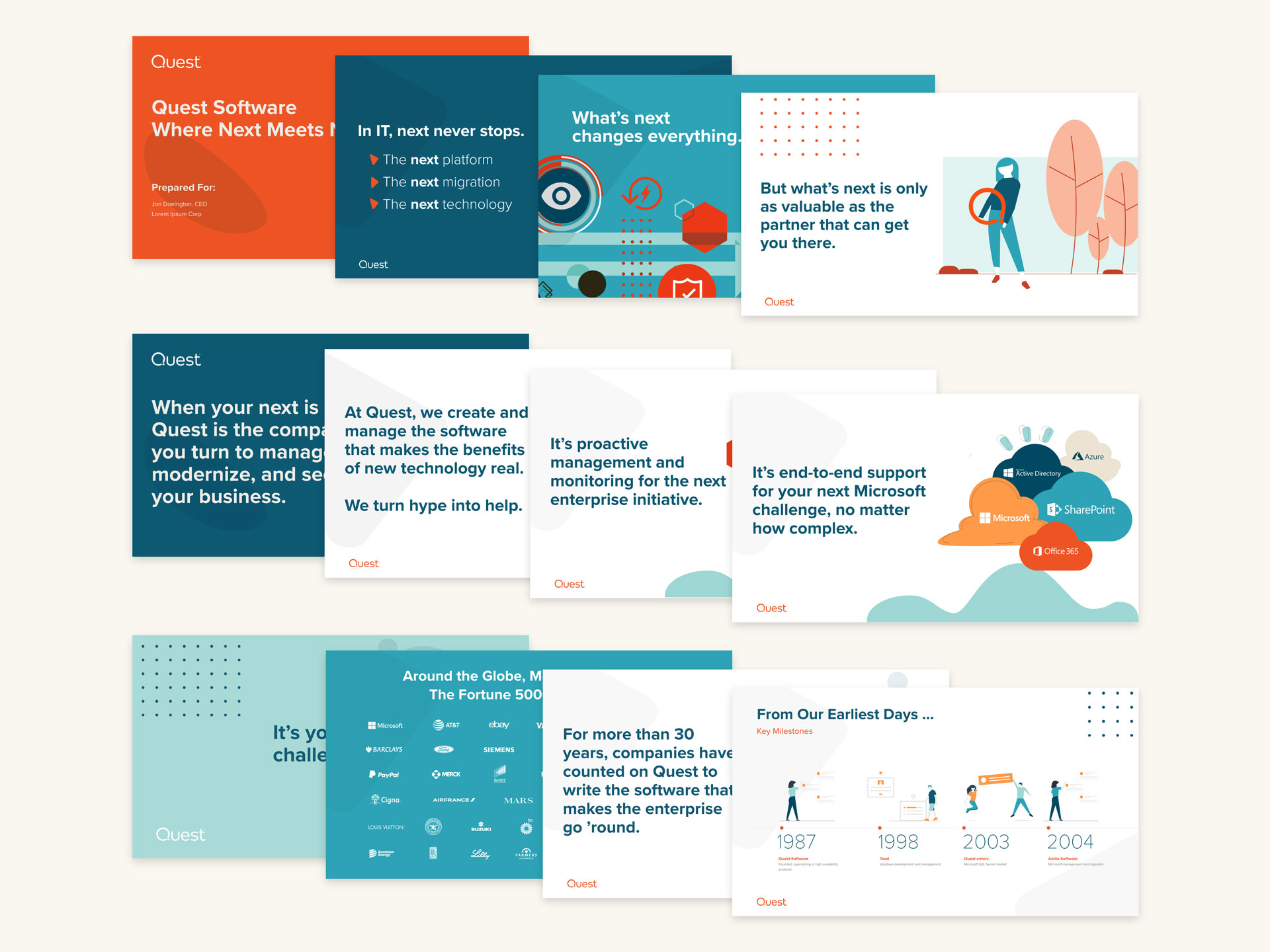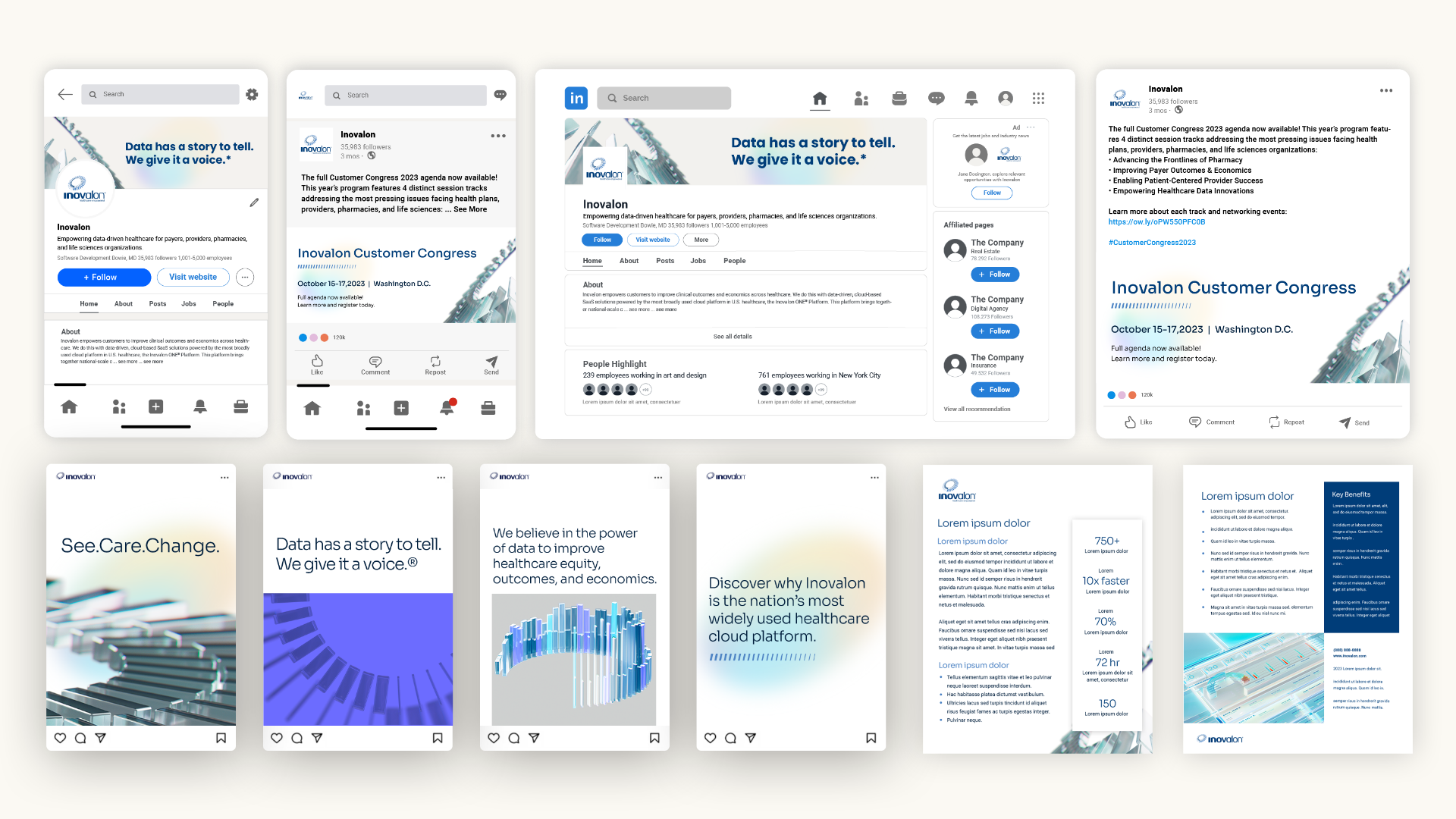In the ever-evolving world of marketing, where authenticity and trust drive engagement, employee advocacy has emerged as a powerful strategy to amplify brand messaging. Employee advocacy—the promotion of an organization by its workforce through personal networks—is not just a buzzword. It’s a cornerstone for brands aiming to build trust, boost engagement, and expand their reach in today’s digital age. As we head into 2025, it’s time to ask: Is your business tapping into its most valuable marketing asset—your employees?
The Power of Employee Advocacy in Modern Marketing
The essence of employee advocacy lies in leveraging the voices of your employees to promote your brand’s mission, products, or services. While corporate accounts are often viewed as polished and carefully curated, messages from employees tend to feel more genuine and relatable. Studies show that people are three times more likely to trust information shared by employees than by a company’s official channels.
But why is this strategy gaining traction now? The answer lies in two key trends:
- The Rise of Authenticity: In a world inundated with branded content, authenticity is the currency that builds trust. Messages shared by employees are perceived as more authentic and less “salesy.”
- The Power of Social Networks: Employees collectively have social networks that far exceed the reach of a brand’s corporate accounts. Tapping into these networks can exponentially expand your brand’s visibility.
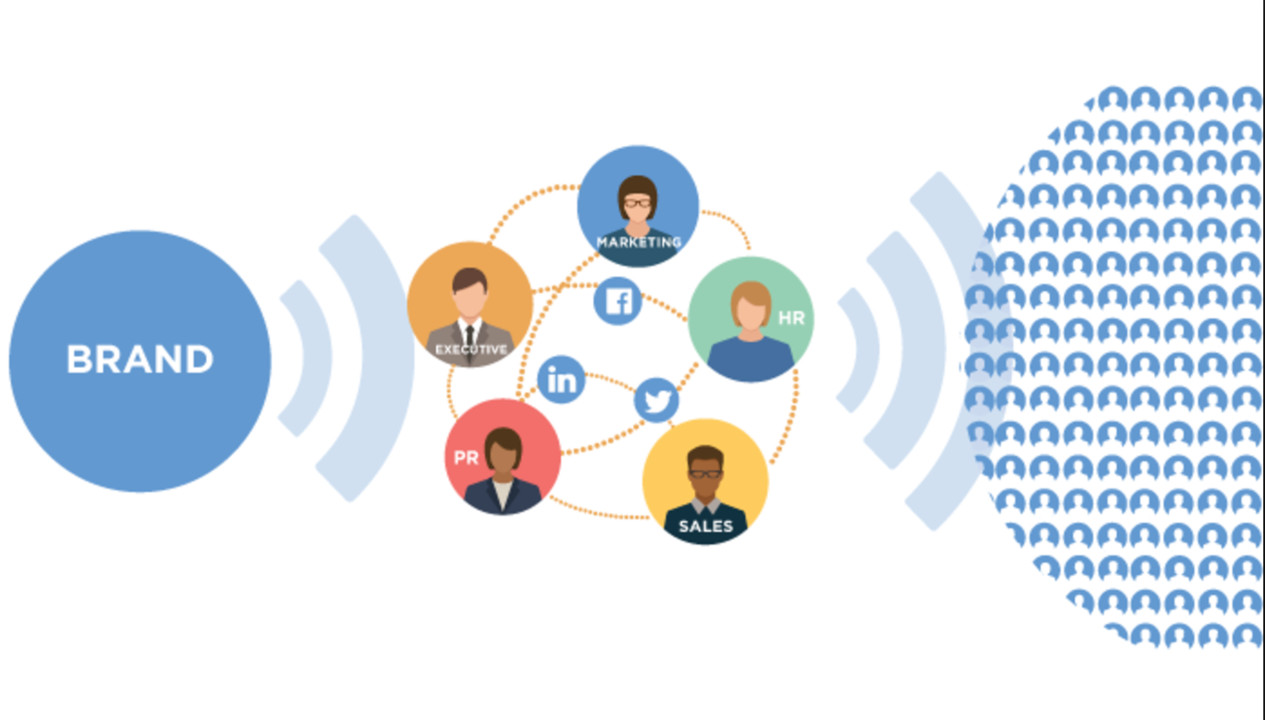
Benefits of Employee Advocacy
Implementing an employee advocacy program can have far-reaching benefits for your organization. Here are the key advantages:
1. Increased Brand Reach
Your employees’ personal networks—spanning LinkedIn, Twitter, and other platforms—can significantly amplify your brand’s visibility. A single employee sharing a post can reach hundreds or thousands of connections who may otherwise never interact with your corporate accounts.
2. Enhanced Trust and Credibility
People trust people, not logos. By empowering your employees to share their experiences and perspectives, you humanize your brand and build trust with your audience.
3. Boosted Employee Engagement
An employee advocacy program fosters a sense of ownership and pride in the organization. When employees feel valued and involved in the company’s mission, they are more likely to be engaged and motivated.
4. Improved Recruitment Efforts
Employees who share positive stories about your company can become powerful recruiters. Potential candidates are more likely to consider a company when they see authentic endorsements from current employees.
5. Cost-Effective Marketing
Compared to traditional advertising, employee advocacy offers an organic and cost-effective way to increase brand awareness and engagement.

How to Build an Employee Advocacy Program
Creating a successful employee advocacy program requires thoughtful planning and execution. Here’s a step-by-step guide:
1. Set Clear Objectives
Define what you want to achieve through employee advocacy. Are you looking to boost brand awareness, drive traffic to your website, or increase engagement on social media? Clear goals will guide your program’s strategy and measurement.
2. Choose the Right Platform
Consider using employee advocacy tools like Hootsuite Amplify or Bambu to streamline content sharing and track performance. These platforms make it easy for employees to access approved content and share it with their networks.
3. Create Shareable Content
The success of your advocacy program hinges on the quality of your content. Provide employees with engaging, shareable content that aligns with their personal interests and professional goals.
4. Provide Training and Guidelines
Offer training sessions to help employees understand the value of advocacy and how to effectively share content. Provide clear guidelines to ensure brand messaging remains consistent.
5. Incentivize Participation
Recognition and rewards can motivate employees to participate in your advocacy program. Consider offering incentives such as gift cards, extra vacation days, or public acknowledgment for top advocates.
6. Measure and Optimize
Use analytics to track the performance of your advocacy efforts. Monitor metrics such as reach, engagement, and website traffic to refine your strategy and maximize results.
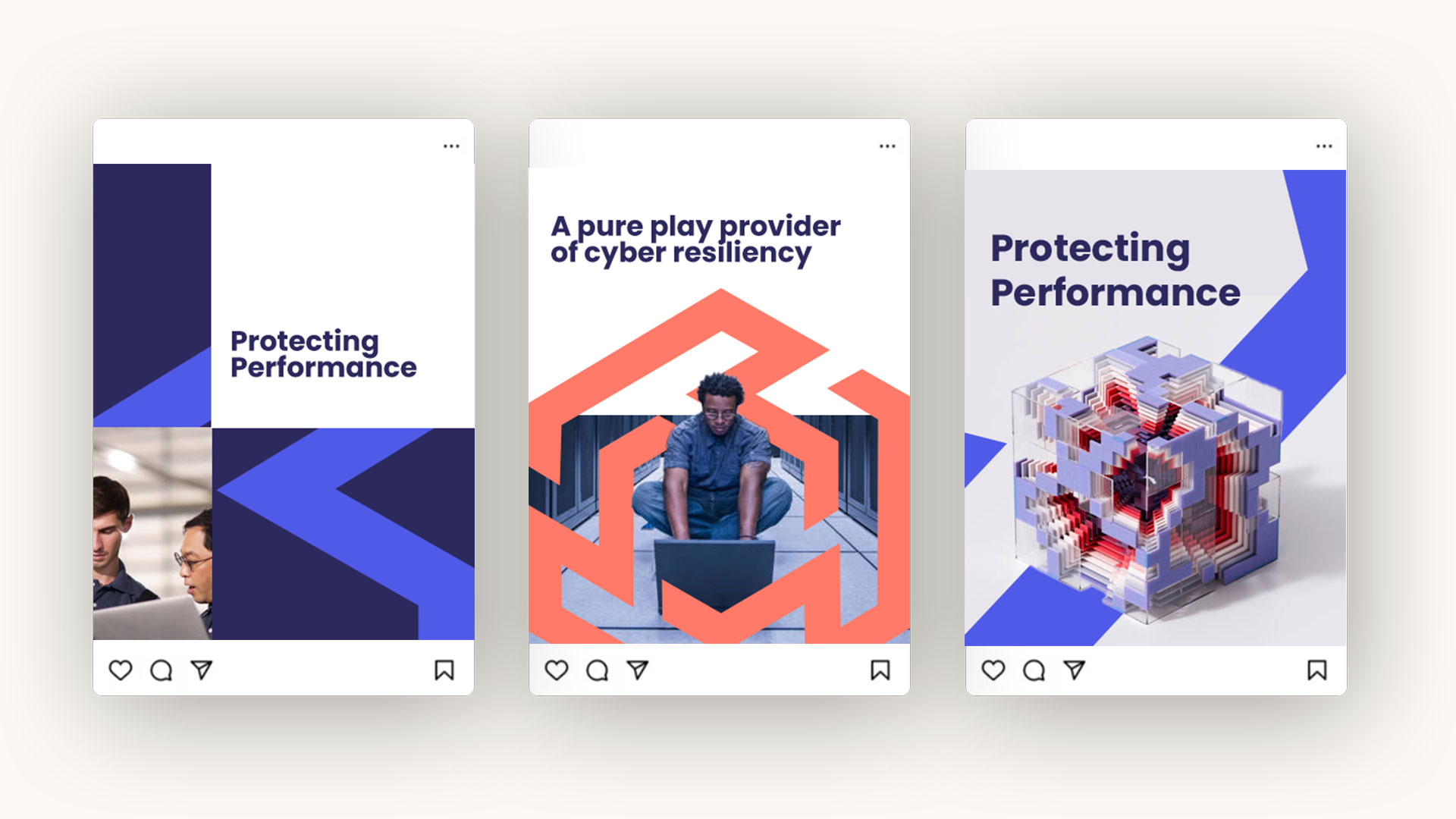
Overcoming Common Challenges
While the benefits of employee advocacy are clear, organizations may encounter challenges during implementation. Here’s how to address them:
- Low Participation Rates: Start small by engaging a core group of advocates and building momentum over time.
- Inconsistent Messaging: Provide pre-approved content and clear guidelines to ensure consistency.
- Lack of Measurement: Use analytics tools to measure performance and demonstrate the program’s ROI to stakeholders.
Why 2025 is the Year for Employee Advocacy
As digital marketing becomes increasingly competitive, brands must find innovative ways to stand out. Employee advocacy offers a unique blend of authenticity, reach, and cost-effectiveness that aligns with the needs of modern marketing. By empowering your employees to be your brand’s biggest champions, you can drive meaningful engagement and achieve your business objectives.
Take the First Step
Ready to unlock the power of employee advocacy? Contact Bluetext today to learn how we can help you build a successful program tailored to your organization’s needs. Let’s make 2025 the year your employees become your brand’s greatest advocates.
Trade shows have long been a staple of B2B marketing, offering brands a platform to showcase their innovations and connect with potential clients. However, standing out amidst a sea of booths and competing for attention requires a fresh, innovative approach. Interactive content is revolutionizing trade show marketing, providing immersive and engaging experiences that captivate audiences and leave lasting impressions.
Augmented Reality (AR) Experiences
AR has emerged as a game-changer at trade shows, enabling brands to transform their booths into interactive playgrounds. Whether it’s a virtual product demo, an interactive quiz, or an augmented walkthrough of your services, AR draws attendees in and keeps them engaged.
For example, automotive brands have used AR to let attendees visualize vehicles in their real-world environments, while medical technology companies have used AR to simulate complex procedures. By combining storytelling with technology, AR creates memorable experiences that attendees will talk about long after the event.

Real-Time Audience Engagement
Interactive polls, live Q&A sessions, and gamified experiences are effective tools for engaging audiences in real time. These activities not only draw visitors to your booth but also provide valuable insights into their interests and pain points.
Gamification, in particular, adds an element of fun and competition that resonates with attendees. For example, a simple spin-to-win game or trivia contest related to your brand can create buzz and attract a crowd. Social media integration, such as live streaming or event-specific hashtags, can amplify this engagement beyond the trade show floor.
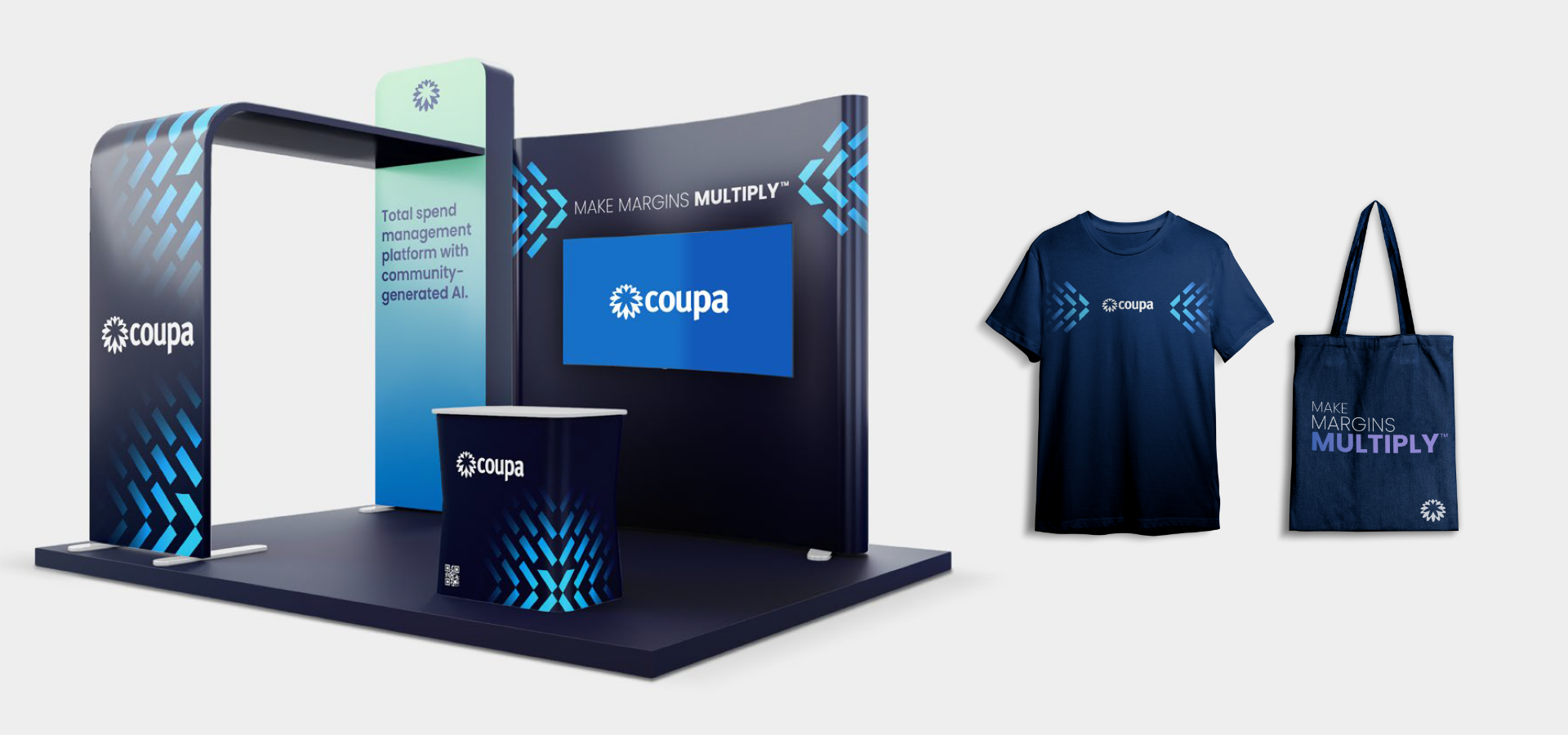
Interactive Screens and Touchpoints
Large touchscreens, tablets, and interactive kiosks offer visitors a hands-on way to explore your products or services. Whether it’s through self-guided presentations, videos, or product configurators, these tools put control in the attendee’s hands, making the experience more personal and impactful.
These tools also serve as a focal point for conversations. Sales teams can guide attendees through the experience while tailoring their pitch to specific interests, creating a more personalized and memorable interaction.
Data-Driven Lead Capture
Interactive content can seamlessly integrate with lead-capturing mechanisms. For example, AR experiences or games can encourage participants to provide their information in exchange for access to additional features or rewards. This approach makes lead generation feel less transactional and more like part of an engaging experience.
Beyond the trade show, the data collected can be used to personalize follow-up communications and nurture leads more effectively.
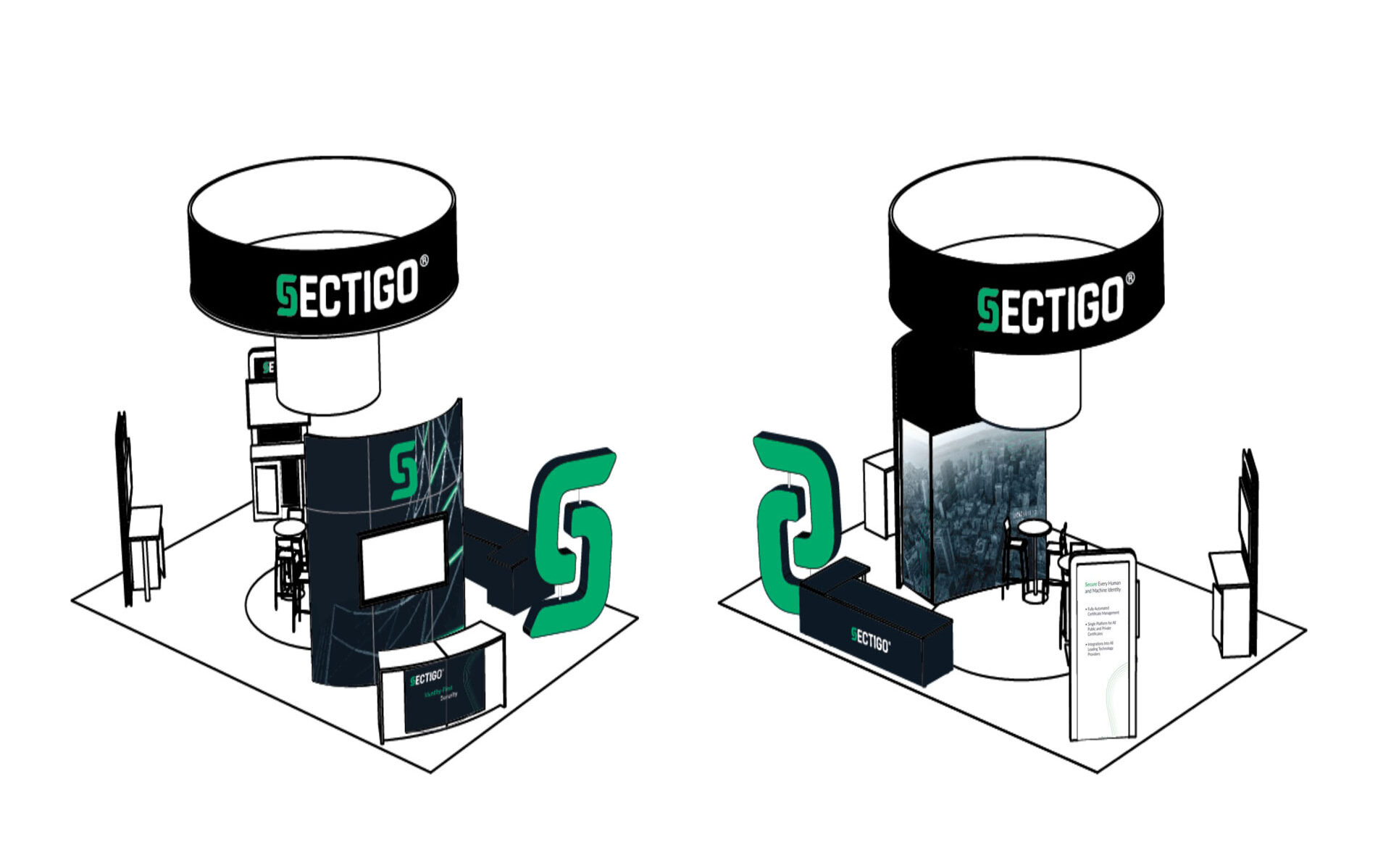
Post-Event Follow-Up with Content
The story doesn’t end when the trade show wraps up. Use the content and data gathered during the event to fuel post-event follow-ups. Send personalized thank-you messages, exclusive access to booth materials, or shareable content like photos and videos from your interactive activities. These touchpoints help keep your brand top of mind and reinforce the connections made during the event.
The Future of Trade Shows
Interactive content is no longer a nice-to-have—it’s a necessity for brands looking to differentiate themselves at trade shows. By embracing technologies like AR, fostering real-time engagement, and leveraging data insights, brands can create unforgettable experiences that drive meaningful connections and long-term value.
Want to elevate your trade show presence in 2025? Contact Bluetext today to learn how we can bring interactive content strategies to your next event and help you stand out from the crowd.
The new year brings new opportunities to reimagine your brand’s digital presence. In 2025, web design continues to evolve, blending creativity with functionality to meet the needs of modern audiences. From minimalist aesthetics to performance-driven designs, these trends not only enhance user experience but also ensure your website remains competitive in an increasingly digital-first world.
Minimalist Aesthetics with Maximum Impact
Simplicity remains a cornerstone of modern web design, but in 2025, minimalism takes on a more refined form. Websites are embracing clean layouts, ample white space, and restrained color palettes to create visually striking yet user-friendly experiences. This trend prioritizes clarity and focus, allowing key messaging and calls-to-action (CTAs) to stand out without overwhelming visitors. Additionally, minimalism lends itself to faster load times and improved performance—both critical factors in today’s SEO landscape. By stripping away unnecessary elements, brands can create websites that are both aesthetically pleasing and highly functional.
Interactive and Immersive Elements
Interactivity is taking center stage as web designers look for ways to keep users engaged and encourage deeper exploration. From dynamic scrolling effects and hover animations to micro-interactions triggered by user behavior, these elements add a layer of interactivity that captures attention and makes browsing more enjoyable. In 2025, immersive features like 3D graphics, virtual tours, and augmented reality (AR) integrations will also become more prevalent. These innovations provide unique, memorable experiences that differentiate brands and showcase their offerings in compelling ways. However, the key lies in balancing interactivity with usability to avoid overwhelming users.
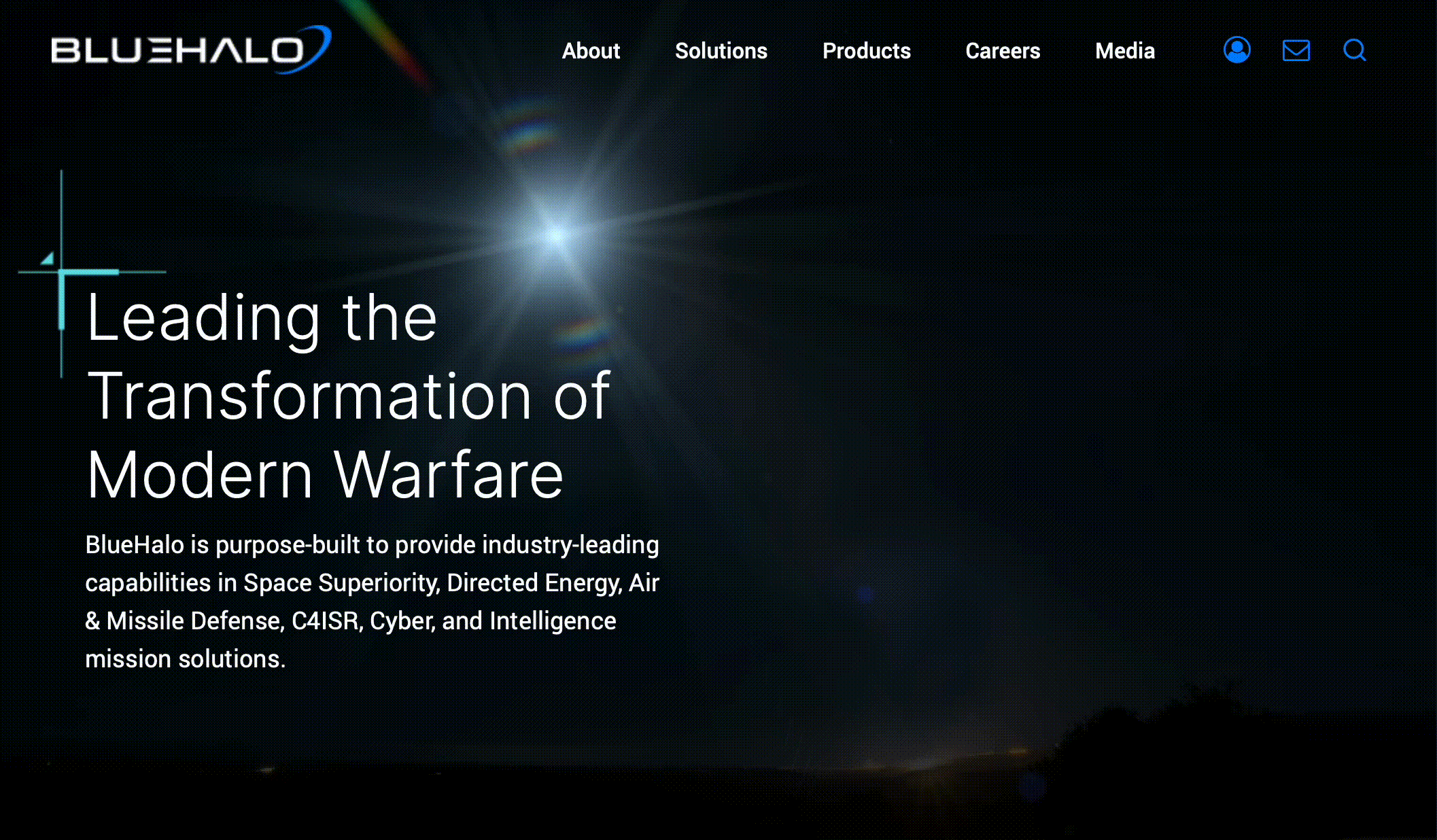
Performance-Driven Designs
Website performance is no longer a nice-to-have—it’s a must-have. As search engines and users place greater emphasis on speed and reliability, performance-driven design has become a top priority for 2025. This trend involves optimizing websites for faster load times, seamless navigation, and responsiveness across all devices. Techniques like lazy loading, image compression, and streamlined code are essential for achieving these goals. Beyond technical improvements, performance-driven design also incorporates user-centric layouts that guide visitors intuitively through their journeys, ensuring they find the information they need with minimal friction.
Accessibility as a Core Design Principle
In 2025, accessibility is at the forefront of web design, driven by a growing recognition of its importance in creating inclusive digital experiences. Designing for accessibility means ensuring your website is usable for everyone, including people with disabilities. This includes features like keyboard navigation, screen reader compatibility, and high-contrast text options. Beyond compliance with legal standards, accessibility enhances user satisfaction and broadens your audience reach. Inclusive design is not just a trend—it’s a commitment to making the web a better place for all.
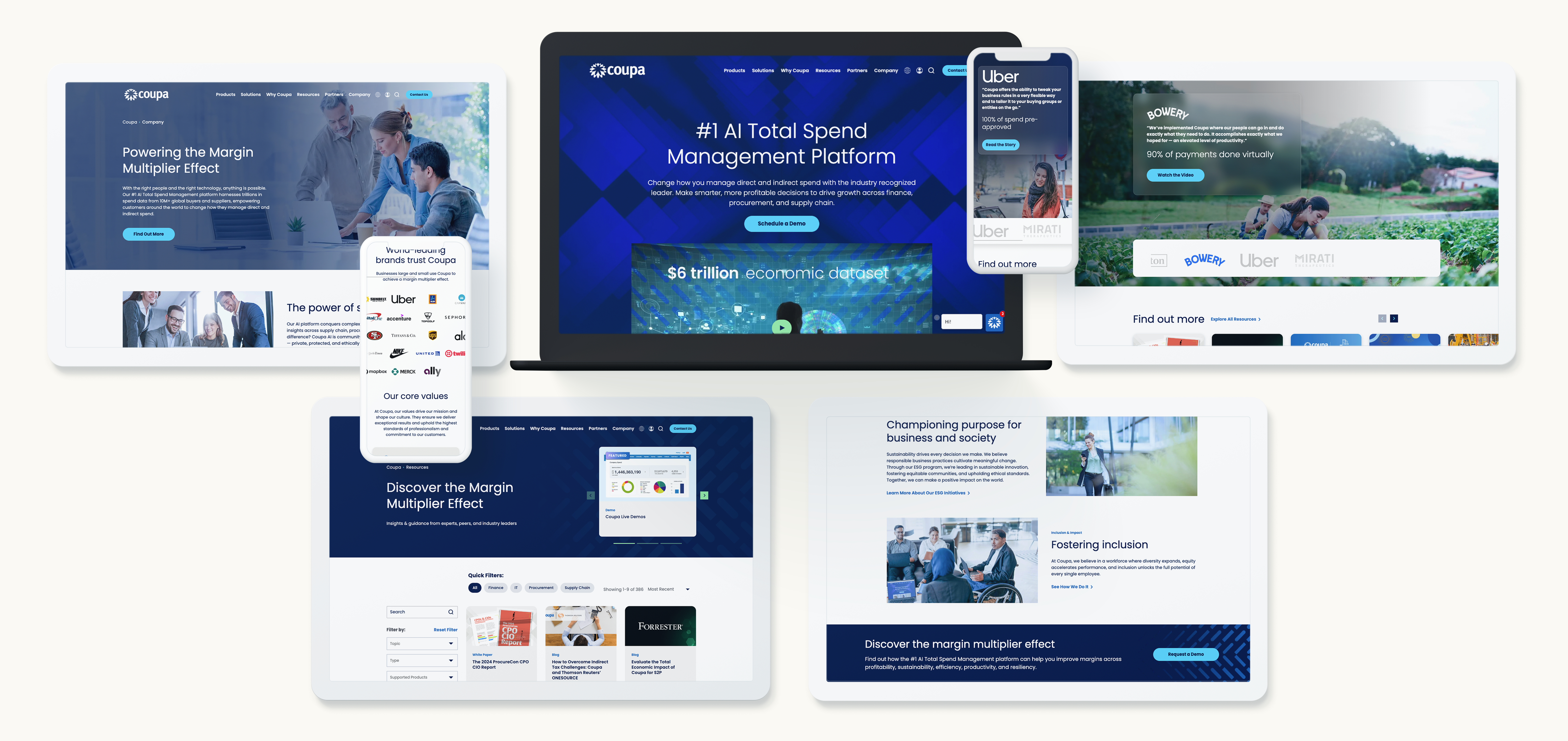
Bold Typography and Custom Fonts
Typography continues to play a pivotal role in web design, with 2025 ushering in a wave of bold, custom fonts that add personality and flair to websites. Unique typography helps brands establish a distinctive voice and create a memorable visual identity. Paired with minimalist layouts, oversized headlines and expressive fonts can guide users’ attention and emphasize key messages. However, readability remains paramount, so designers must strike a balance between creativity and functionality.
Sustainability in Web Design
As businesses strive to align with eco-conscious values, sustainability has emerged as a significant trend in web design. This involves creating websites that consume less energy by optimizing performance, reducing data transfer, and minimizing server load. Lightweight designs, efficient coding practices, and green hosting solutions are becoming more popular as brands seek to reduce their digital carbon footprint. Sustainable web design not only benefits the environment but also appeals to eco-conscious audiences who prioritize brands with ethical practices.
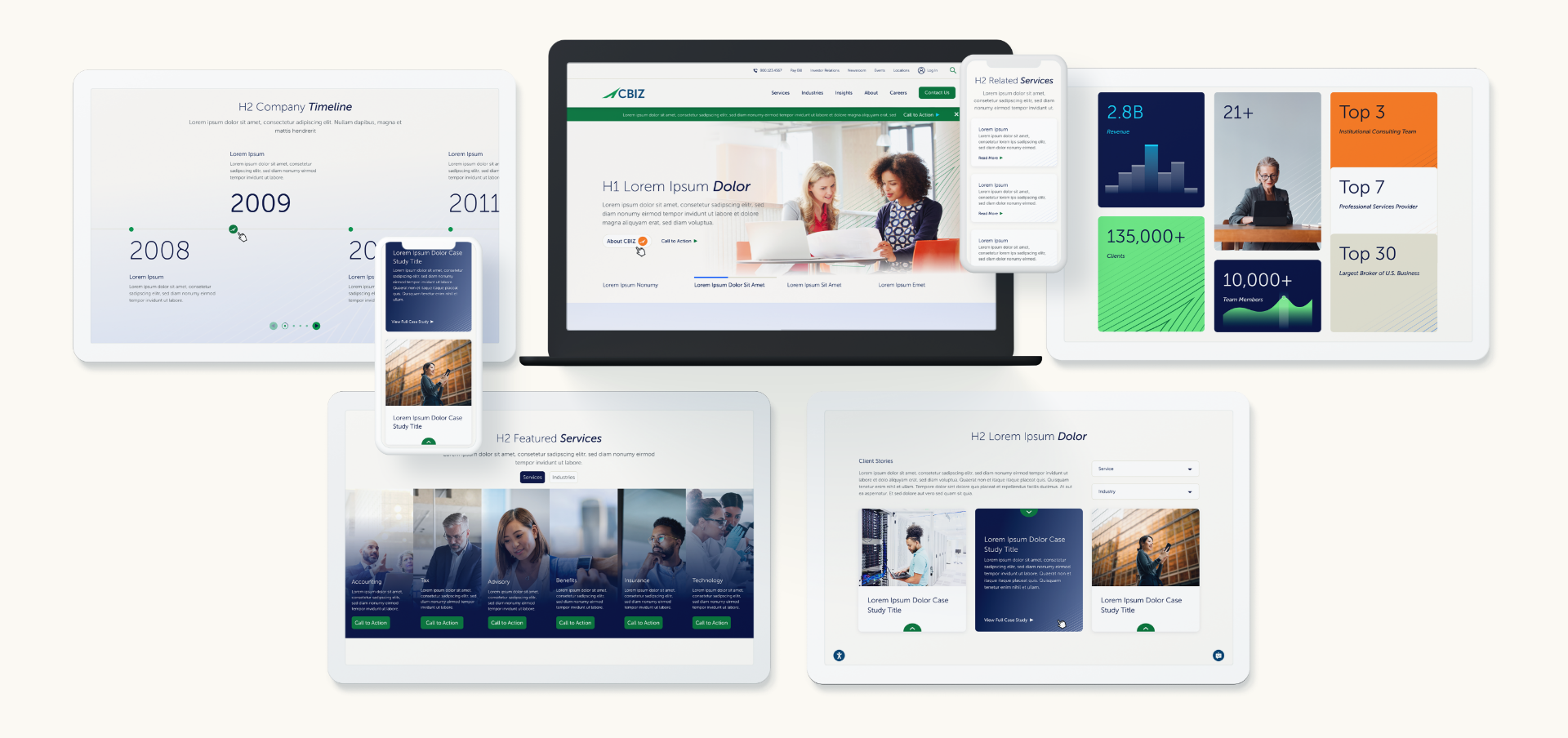
Personalized User Experiences
Personalization continues to evolve in 2025, with websites leveraging data to deliver tailored experiences that resonate with individual users. This trend encompasses dynamic content that adapts based on user behavior, preferences, and location. For example, a returning visitor might see personalized product recommendations or localized offers. By integrating AI-powered tools and robust analytics, brands can create highly relevant experiences that drive engagement and conversions. Personalization is no longer optional—it’s a critical component of effective web design in the digital age.
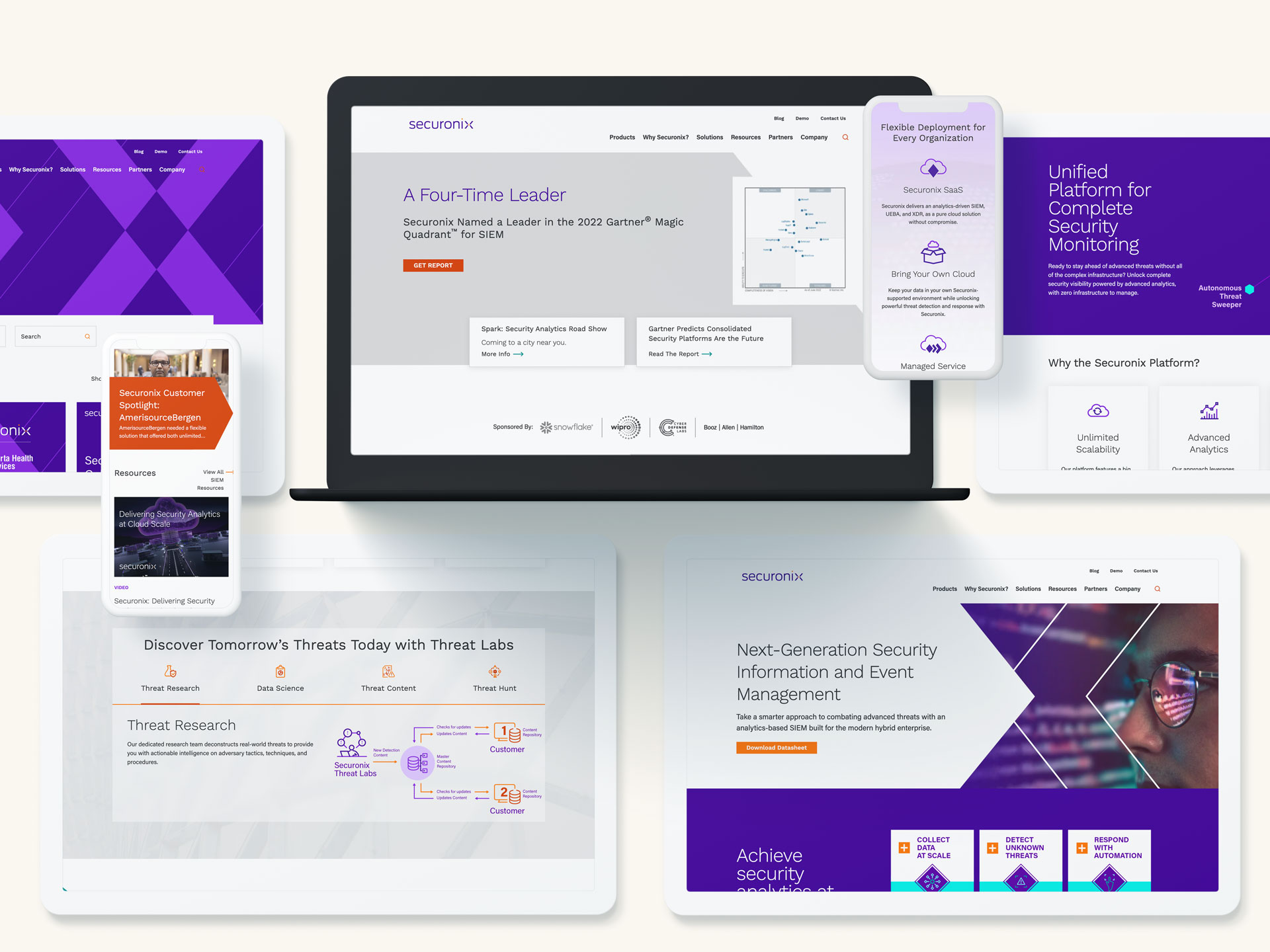
Designing for the Future
The top web design trends for 2025 highlight the intersection of creativity, technology, and user-centric principles. By embracing minimalist aesthetics, interactive elements, performance-driven designs, and more, brands can craft websites that stand out in a crowded digital landscape. Ready to elevate your web presence for the new year? Contact Bluetext today to discover how we can help you design a website that captures attention, drives results, and sets you apart from the competition.
As the marketing landscape continues to evolve at a rapid pace, staying ahead of the curve is essential for B2B brands looking to remain competitive. The year 2025 promises a wave of transformative trends that will reshape how businesses connect with their audiences. From AI-driven strategies to immersive technologies, these innovations offer unprecedented opportunities to build stronger relationships, enhance personalization, and drive measurable results.
AI-Driven Personalization at Scale
Artificial intelligence (AI) is no longer just a buzzword; it has become a foundational tool for delivering hyper-personalized experiences at scale. In 2025, B2B brands will increasingly rely on AI to analyze data, predict customer behavior, and tailor content to individual preferences. Tools like AI-powered chatbots and recommendation engines are set to enhance user engagement by providing real-time, context-aware interactions. AI also enables predictive analytics, allowing marketers to anticipate client needs and craft strategies that align with their buying journeys. Companies that embrace AI-driven personalization will not only enhance customer satisfaction but also improve conversion rates and ROI.

Immersive Technologies Transforming Engagement
Immersive technologies such as augmented reality (AR), virtual reality (VR), and mixed reality (MR) are revolutionizing how B2B marketers engage with their audiences. These tools enable brands to create interactive experiences that bring their products and services to life. Imagine offering a virtual walkthrough of a manufacturing facility or an AR-powered demonstration of complex software. These experiences not only captivate audiences but also provide a deeper understanding of offerings, making them more compelling and memorable. As hardware becomes more accessible and platforms for immersive content expand, B2B companies have a unique opportunity to differentiate themselves by leveraging these technologies.
Sustainability and Ethical Marketing
In an era where consumers and businesses alike are prioritizing sustainability, B2B brands must align their marketing efforts with eco-conscious values. Highlighting sustainable practices and ethical operations is no longer optional—it’s a business imperative. Companies that authentically communicate their commitment to environmental, social, and governance (ESG) principles will earn trust and loyalty from their partners and clients. This trend extends beyond messaging to operational changes, such as reducing carbon footprints and implementing circular economy practices. Authenticity is key; businesses must ensure their actions align with their words to avoid accusations of greenwashing.
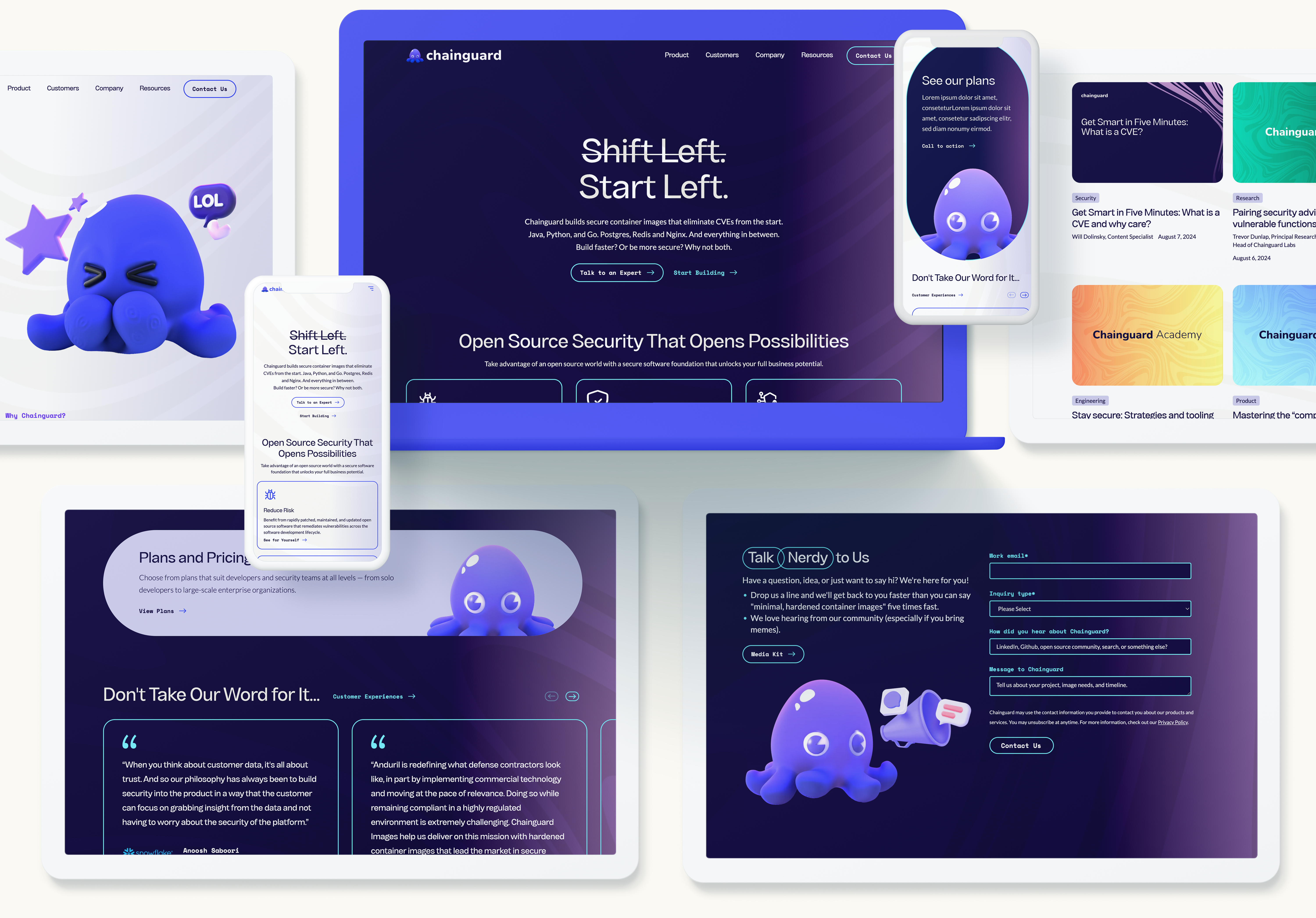
The Rise of First-Party Data Strategies
With increasing privacy regulations and the phasing out of third-party cookies, first-party data has become a cornerstone of effective marketing. In 2025, B2B marketers will focus on building robust data collection strategies through direct interactions with their audiences. Tools like gated content, webinars, and personalized email campaigns are instrumental in gathering valuable insights while respecting user privacy. Leveraging this data allows companies to create targeted campaigns that resonate deeply with their audience. Additionally, investing in data management platforms (DMPs) and customer data platforms (CDPs) ensures that insights are actionable and integrated across marketing channels.
Omnichannel Customer Experiences
Today’s B2B buyers expect seamless experiences across multiple touchpoints, and this trend will only intensify in 2025. Omnichannel marketing strategies integrate online and offline interactions to create a cohesive journey for customers. For example, a prospect might discover a product through a LinkedIn ad, attend a virtual event for more details, and finalize a purchase after an in-person meeting. Ensuring consistency in messaging, branding, and experience across channels is crucial to building trust and driving conversions. Technology like marketing automation platforms and CRM systems plays a vital role in orchestrating these efforts and ensuring data continuity.

Social Media’s Expanding Role
Social media platforms are no longer just tools for brand awareness; they are becoming integral to the entire B2B sales funnel. In 2025, platforms like LinkedIn, Twitter, and emerging niche networks will see increased use for thought leadership, lead generation, and community engagement. Short-form video content, live streams, and interactive posts will dominate as companies seek to capture attention in crowded digital spaces. Social listening tools will also become more sophisticated, enabling brands to monitor trends, gather insights, and proactively address audience needs. By leveraging social media strategically, B2B marketers can strengthen relationships and drive measurable outcomes.
Preparing for the Future
The marketing trends of 2025 represent a blend of technological innovation, evolving consumer expectations, and heightened emphasis on ethical practices. B2B brands that proactively adapt to these shifts will be well-positioned to achieve success in an increasingly competitive landscape. Whether it’s leveraging AI for personalization, adopting immersive technologies, or embracing sustainability, staying ahead requires both agility and a forward-thinking mindset. Ready to future-proof your marketing strategy? Contact Bluetext today to explore how we can help you navigate the trends shaping the future of B2B marketing.
In the defense industry, where competition is fierce and stakes are high, effective marketing strategies are critical for contractors looking to differentiate their offerings. Success in the B2G space hinges on building trust, demonstrating value, and adapting to the complexities of government procurement.
The Challenges of Marketing in the Defense Industry
The defense industry operates in a highly regulated and specialized environment, posing unique challenges for marketers:
- Complex Buying Cycles: Decision-making in the defense sector involves long timelines and multiple stakeholders.
- Strict Regulatory Compliance: Marketing must adhere to strict regulations governing communications with government agencies.
- Highly Competitive Market: Contractors compete not only on technical capabilities but also on pricing, reliability, and reputation.
- Evolving Buyer Expectations: Government and military buyers increasingly seek innovative solutions that align with evolving strategic needs.

Strategies for Standing Out in the Defense Market
- Establish Thought Leadership
Positioning your company as a trusted expert is vital in the defense industry. Thought leadership builds credibility and demonstrates your firm’s ability to anticipate and address industry challenges.
How to Execute:
- Publish white papers, reports, and research that address pressing defense issues.
- Host webinars or participate in industry events to share expertise.
- Create content that demonstrates how your solutions align with national security priorities.
- Highlight Proven Performance
Buyers in the defense industry prioritize reliability and proven results. Sharing evidence of past successes builds confidence in your ability to deliver.
How to Execute:
- Develop case studies showcasing successful project outcomes.
- Incorporate testimonials from satisfied clients, emphasizing measurable results.
- Use video content to visually highlight key achievements.
- Emphasize Innovation and Adaptability
Innovation is a key differentiator in the defense industry, where agencies seek cutting-edge solutions to stay ahead of evolving threats. Demonstrating adaptability further reinforces your relevance in a dynamic environment.
How to Execute:
- Highlight research and development (R&D) investments in marketing materials.
- Showcase unique features of your solutions that set you apart from competitors.
- Address how your offerings evolve to meet emerging challenges.
- Tailor Messaging to Key Decision-Makers
Defense procurement involves a wide array of stakeholders, from technical evaluators to high-ranking officials. Tailored messaging ensures you address the priorities of each audience.
How to Execute:
- Segment messaging by roles, focusing on technical details for engineers and strategic value for executives.
- Use targeted email campaigns to reach specific decision-makers.
- Develop presentations and collateral that speak directly to each audience’s pain points.
- Leverage Digital Channels Strategically
While traditional methods like trade shows remain important, digital marketing plays an increasingly central role in reaching defense buyers.
How to Execute:
- Optimize your website for search terms relevant to defense procurement.
- Use social media to share thought leadership content and engage with industry conversations.
- Implement targeted digital advertising to reach procurement officials and influencers.
Measuring the Impact of Your Marketing Efforts
Given the long buying cycles in the defense sector, tracking success requires a mix of short- and long-term metrics. Key performance indicators (KPIs) include:
- Lead Generation: Track the number of qualified leads from marketing campaigns.
- Engagement Metrics: Monitor content downloads, webinar attendance, and website traffic.
- Pipeline Contribution: Measure the influence of marketing efforts on sales pipeline growth.
- Client Feedback: Collect qualitative feedback to refine messaging and strategy.
Final Thoughts: Differentiating in a Competitive Market
Standing out in the defense industry requires a multi-faceted approach that builds trust, highlights proven results, and adapts to the needs of a complex market. By investing in thought leadership, tailored messaging, and digital engagement, contractors can effectively position themselves as indispensable partners to government and military clients.
Partner with Bluetext for Defense Industry Marketing Expertise
At Bluetext, we specialize in helping defense contractors navigate the complexities of B2G marketing. From crafting compelling content to developing targeted campaigns, we’ll help you differentiate your brand and drive success in a competitive market. Contact us today to learn how we can elevate your marketing efforts.
Scaling a SaaS company from startup to enterprise is no small feat. While landing the first 100 clients is a significant milestone, the strategies that worked early on won’t necessarily sustain growth. As the customer base grows, marketing efforts must evolve to support scalability and segmentation. This blog explores how SaaS companies can transition their marketing strategies to thrive in their next phase of growth.
From Startup to Scale-Up: Evolving Your Marketing Mindset
The journey from startup to scale-up requires a fundamental shift in marketing strategy. In the early days, growth often relies on founder-led sales and grassroots efforts. But as the business matures, a more structured approach becomes essential.
Understanding the Shift
Scaling up means moving beyond ad hoc tactics to a professionalized marketing framework. The focus expands from simply acquiring customers to also retaining and growing their value over time.
Aligning Marketing with Growth Goals
Growth at scale demands a balanced approach:
- Acquisition: Attracting new customers through targeted campaigns.
- Retention: Ensuring existing clients stay engaged and loyal.
- Expansion: Upselling and cross-selling within the customer base to maximize lifetime value.
Building a Scalable Infrastructure
To enable this evolution, companies must invest in:
- Robust marketing automation tools.
- Data platforms for real-time insights.
- A talented team with expertise in segmentation, content, and demand generation.
Scaling Your SaaS Marketing Strategy
Once the infrastructure is in place, scaling marketing requires refining and expanding foundational tactics. Here are key areas to focus on:
1. Refine Your Value Proposition
As the company grows, so does its customer base—and with it, the diversity of customer needs. Tailor messaging to address specific pain points for different audience segments. For example, startups might prioritize cost-effectiveness, while enterprises may focus on security and scalability.
2. Segment Your Audience
Advanced segmentation enables personalized marketing efforts that resonate with diverse customer personas. Use data to group customers by:
- Industry or vertical.
- Company size.
- Product usage patterns.
- Stage in the customer lifecycle.
3. Expand Distribution Channels
Early-stage companies often rely on a few channels like paid search or organic social. Scaling up means diversifying into:
- Content marketing for thought leadership.
- Paid media campaigns for wider reach.
- ABM (Account-Based Marketing) strategies targeting high-value clients.
- Partnerships and co-marketing initiatives.
4. Automate and Optimize
Automation tools are critical for scaling campaigns efficiently. Automate workflows for:
- Lead nurturing.
- Email marketing.
- Social media scheduling and monitoring. Additionally, continuously test and optimize campaigns to ensure maximum ROI.
Advanced Segmentation: Targeting Clients at Scale
Effective segmentation is the backbone of scalable SaaS marketing. By leveraging customer data, companies can craft hyper-targeted campaigns that drive results.
The Role of Data
Customer insights are invaluable for understanding behavior and preferences. Use tools like CRM systems, analytics platforms, and surveys to gather actionable data.
Personalization at Scale
Modern buyers expect personalized experiences. Dynamic content and tailored outreach can help balance automation with the human touch.
Lifecycle Marketing
Adopt a lifecycle approach to ensure clients receive the right messaging at every stage:
- Acquisition: Highlight your unique value proposition.
- Onboarding: Simplify adoption with clear guides and proactive support.
- Upselling: Identify opportunities to promote premium features.
- Retention: Maintain engagement through value-driven communications.
The Metrics That Matter: Measuring Growth Beyond the First 100 Clients
As marketing strategies evolve, so should the metrics used to measure success. Focus on these KPIs to gauge growth:
- Customer Acquisition Cost (CAC): Monitor how much you spend to acquire a new customer and ensure it’s sustainable as you scale.
- Customer Lifetime Value (CLV): Track the total revenue a customer brings over their lifecycle.
- Churn and Retention Rates: Keep a close eye on customer turnover to identify potential issues.
- Net Promoter Score (NPS): Measure customer satisfaction and likelihood to recommend your product.
By focusing on these metrics, SaaS companies can gain deeper insights into their performance and make data-driven decisions to fuel growth.
Preparing for Sustained Growth
Scaling a SaaS company’s marketing strategy requires more than just increasing spend; it demands a strategic shift. By refining value propositions, leveraging advanced segmentation, and investing in scalable infrastructure, companies can position themselves for long-term success.
The journey doesn’t end at the first 100 clients. With the right approach, SaaS businesses can not only sustain growth but thrive in an increasingly competitive market.
As federal priorities evolve, government procurement officers are increasingly focused on resilience and industrial strength. While sustainability remains important, the emphasis has shifted to durability, adaptability, and long-term reliability. For B2G companies, this change represents an opportunity to reposition their branding and messaging strategies.
This blog explores how B2G organizations can align with these priorities while maintaining compliance with environmental standards.
Understanding Government Trends
Federal agencies are prioritizing resilience to address challenges such as infrastructure reliability, national security, and climate adaptation. Key takeaways:
- Resilience Over Sustainability: While green initiatives remain vital, procurement officers now seek solutions built to last.
- Focus on Durability: Products and services must demonstrate long-term value and reliability.
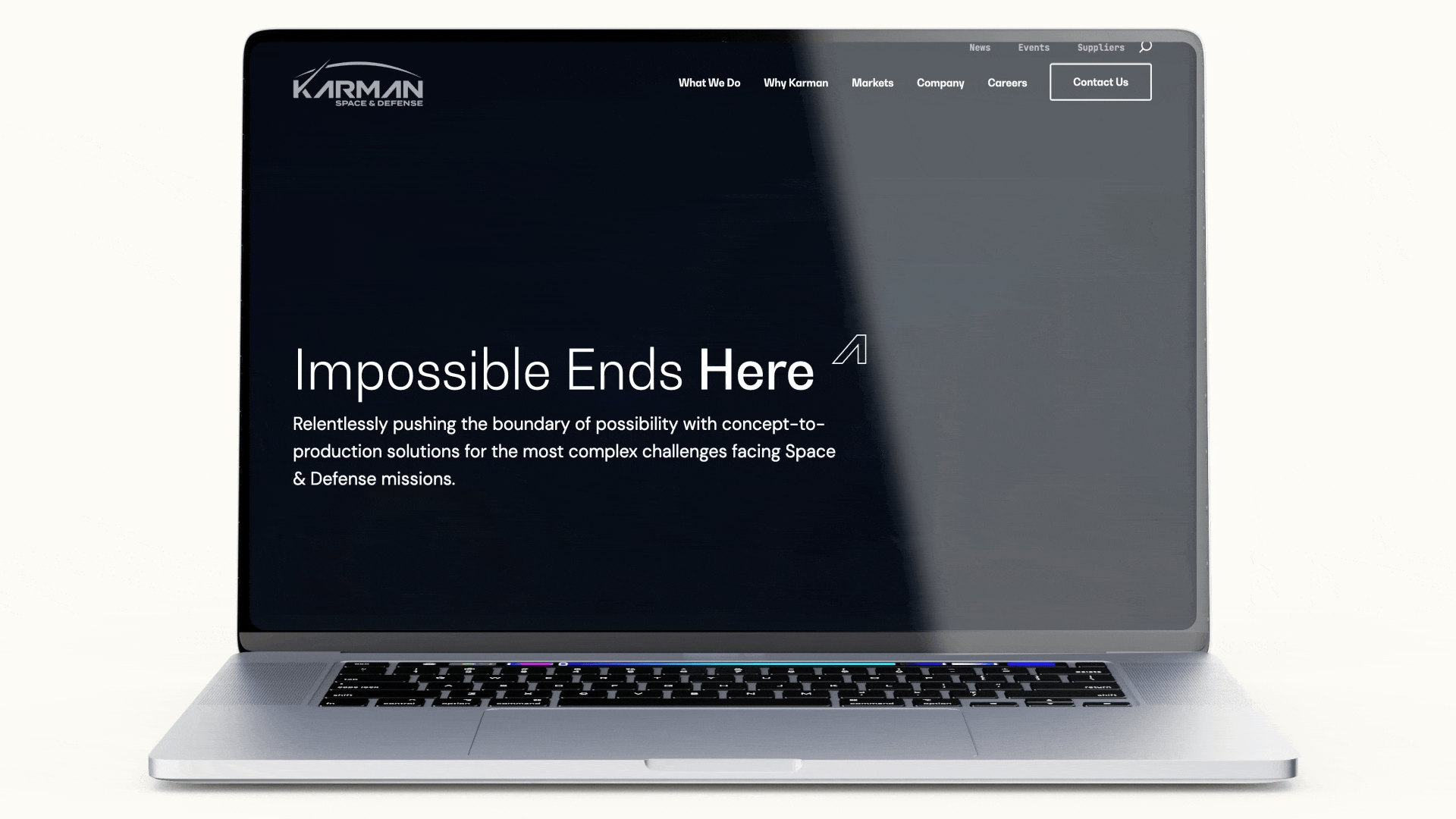
Repositioning for Resilience
To align with these trends, B2G companies should update their branding with a focus on industrial strength. Steps include:
- Highlight Durability: Showcase the reliability and lifespan of your solutions.
- Emphasize Adaptability: Illustrate how your offerings can evolve with changing government needs.
- Reinforce Compliance: Communicate your adherence to environmental and regulatory standards.
Communicating Value to Government Stakeholders
Government buyers prioritize clear, compelling messaging that speaks to their specific needs. Tips for success:
- Build Trust: Use testimonials and case studies from other government contracts.
- Use Data: Provide quantifiable proof of durability and adaptability.
- Simplify Messaging: Avoid jargon and focus on actionable benefits.

Leveraging Multi-Channel Outreach
A multi-channel approach ensures your message reaches all stakeholders. Consider:
- Digital Campaigns: Leverage LinkedIn, webinars, and email marketing to engage decision-makers.
- Content Marketing: Publish blogs, whitepapers, and videos that showcase resilience.
- Public Relations: Share success stories and thought leadership through media channels.
Navigating Challenges in B2G Branding
Shifting focus to resilience while maintaining a commitment to sustainability can be complex. Mitigate risks by:
- Balancing Messaging: Ensure both durability and environmental compliance are clear.
- Maintaining Credibility: Avoid overstating claims—back them with data and certifications.
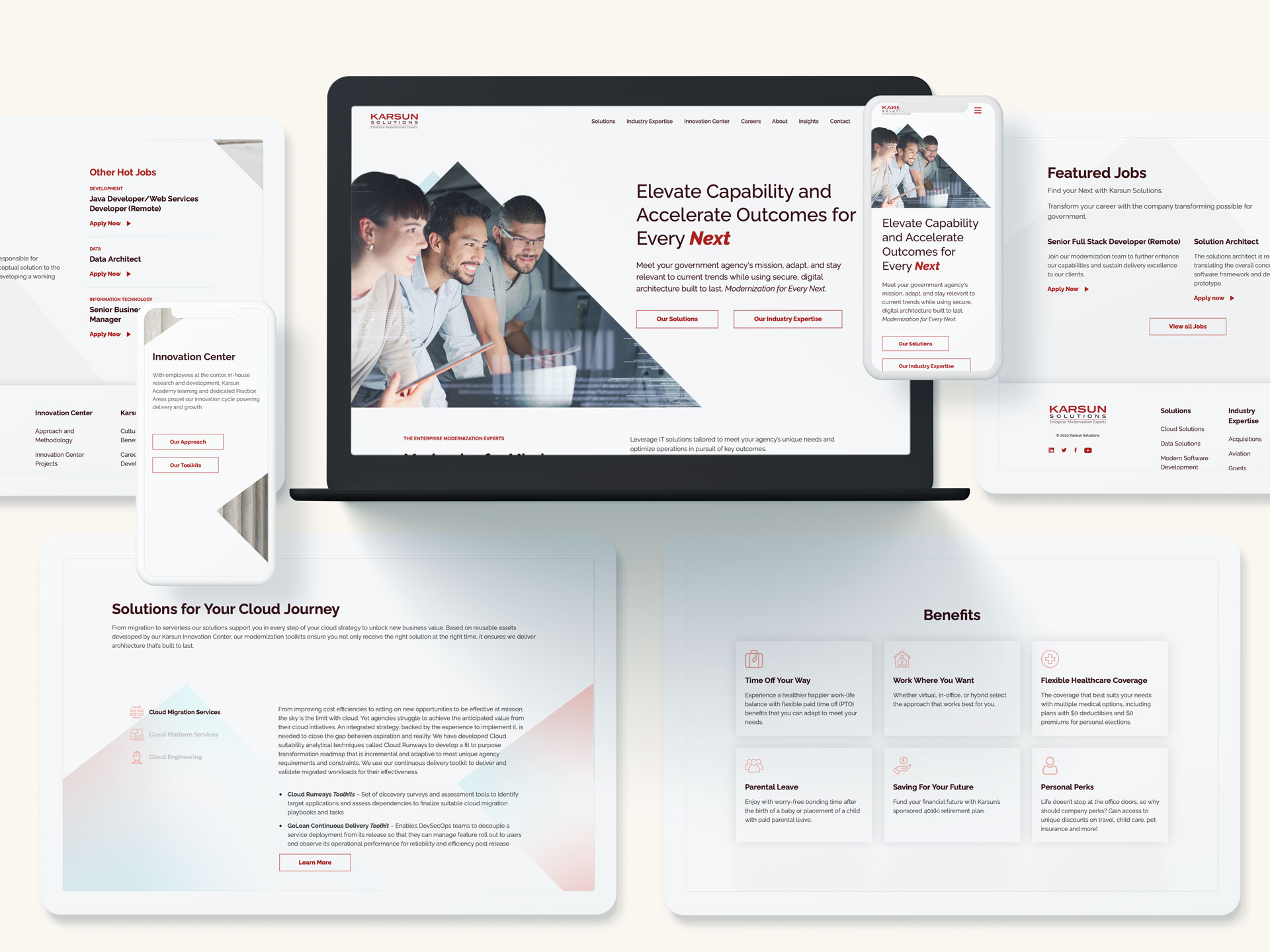
Positioning Your Brand for Resilience
In the evolving landscape of government priorities, resilience and industrial strength have become essential pillars for successful B2G branding. By aligning your messaging with these values, you can create a compelling narrative that appeals to procurement officers, policymakers, and other key stakeholders while maintaining compliance with environmental standards.
Need help crafting messaging that makes an impact? Contact Bluetext to discover how our branding expertise can position your organization as a trusted, resilient partner for government agencies.
In the world of B2G marketing, the ability to align corporate messaging with federal priorities can mean the difference between winning contracts and being overlooked. For years, sustainability has been a cornerstone of corporate branding, with organizations touting their green initiatives to appeal to environmentally conscious agencies. However, a significant shift is underway. As federal agencies emphasize resilience, industrial strength, and adaptability, B2G companies are rethinking their messaging strategies to stay competitive.
This evolving landscape presents both challenges and opportunities. In this blog, we’ll explore the drivers behind this shift, examine the emerging themes of resilience and industrial strength, and provide actionable tips to help your brand stay ahead.
Why Messaging is Shifting in B2G Markets
Federal Priorities are Changing
Federal agencies, particularly the Environmental Protection Agency (EPA), are recalibrating their messaging priorities. While sustainability remains important, the conversation is expanding to include themes like infrastructure resilience, supply chain durability, and long-term performance. This shift reflects broader concerns about national security, climate adaptation, and the need for robust systems that can withstand disruption.
For B2G companies, this change means that simply emphasizing sustainability is no longer enough. Messaging must also highlight how products and services contribute to the government’s evolving focus on industrial strength and adaptability.
The EPA’s Role in Influencing Messaging
The EPA is poised to play a significant role in shaping corporate messaging trends. Anticipated updates to the agency’s guidance could provide a clear framework for what federal agencies expect from contractors in terms of resilience and industrial capability. Companies aligning their messaging with these emerging themes will be better positioned to resonate with procurement officers and decision-makers.
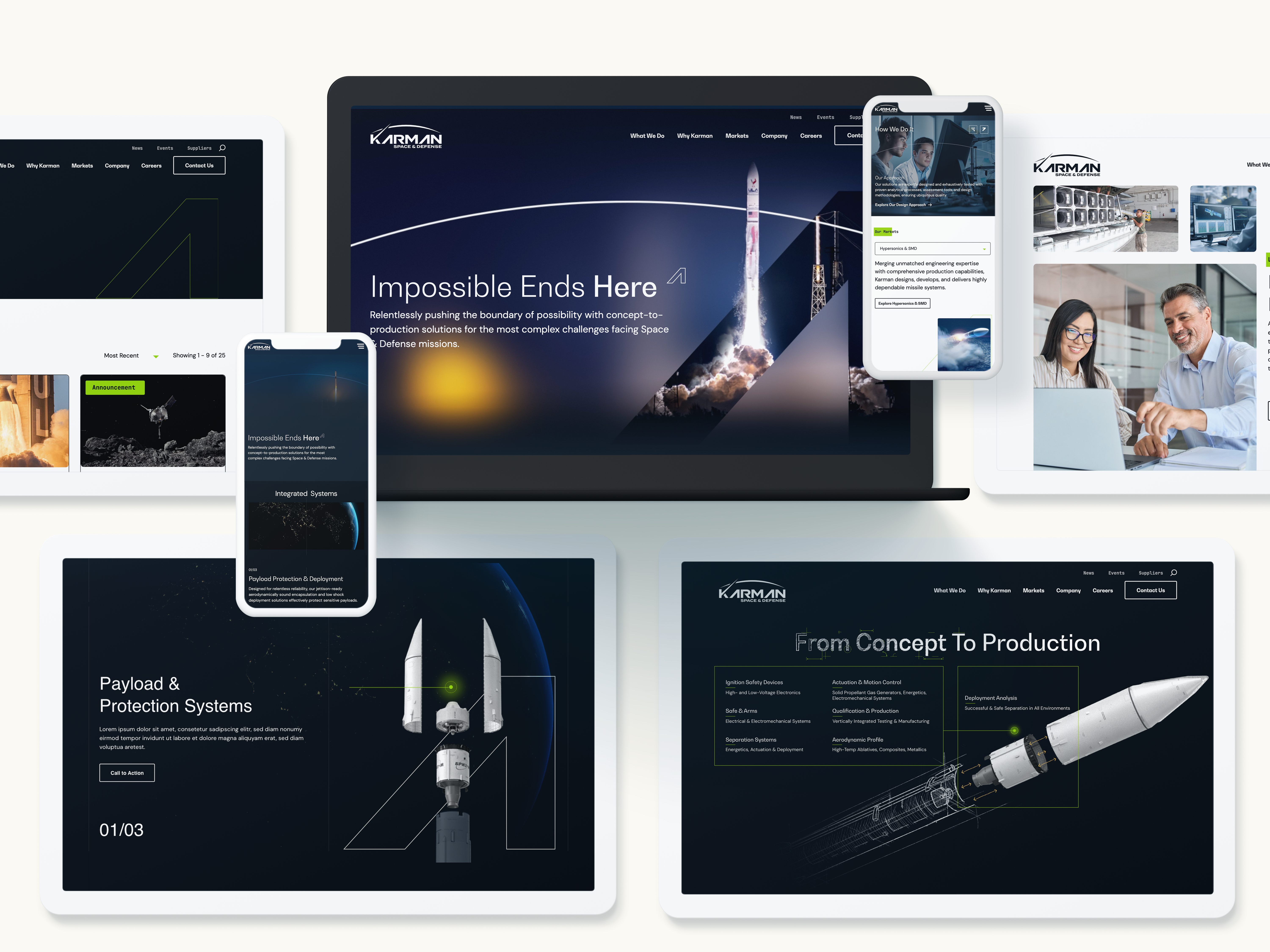
Key Elements of Resilience and Industrial Messaging
Shifting your messaging to reflect resilience and industrial strength doesn’t mean abandoning sustainability—it’s about reframing it within a broader narrative. Here are the key elements to focus on:
1. Emphasize Durability and Performance
Federal agencies prioritize solutions that are built to last. Messaging should underscore the longevity, robustness, and reliability of your offerings. Share real-world examples that demonstrate how your products or services perform under challenging conditions.
2. Highlight Innovation as a Tool for Resilience
Resilience and innovation go hand in hand. Position your organization as a leader in developing cutting-edge solutions that address modern challenges, such as climate resilience and supply chain disruptions. For instance, showcasing innovative technologies that support both industrial goals and environmental sustainability can resonate with agencies looking for multi-faceted solutions.
3. Align Messaging with Federal Missions
Tailor your messaging to reflect government priorities, such as infrastructure modernization or energy independence. This alignment signals that your brand understands and supports the broader goals of federal agencies. Sustainability can still play a role, but as a supporting point within a larger story of compliance, reliability, and adaptability.

Steps to Adapt Your Messaging
Step 1: Conduct a Messaging Audit
Start by reviewing your current marketing materials. Identify messaging that leans heavily on sustainability and evaluate whether it aligns with the government’s broader focus on resilience and industrial strength. Adjust outdated narratives to better reflect evolving priorities.
Step 2: Develop New Messaging Pillars
Create messaging pillars that emphasize durability, reliability, and innovation. For example, instead of focusing solely on “green energy,” emphasize “reliable, sustainable energy solutions” that align with federal resilience goals. Back up these claims with data, case studies, and testimonials that demonstrate measurable impact.
Step 3: Test and Iterate
Refine your messaging through testing. Use A/B testing to determine which narratives resonate most with your audience, and gather feedback from procurement officers or stakeholders. Messaging is not static—it should evolve based on insights and market dynamics.
Real-World Applications: Shifting Successfully
Several companies have already begun adjusting their messaging to reflect this shift. For example, organizations in the renewable energy sector are repositioning their offerings as solutions that enhance grid resilience while remaining environmentally sustainable. Similarly, manufacturing firms are emphasizing the durability of their materials and the reliability of their supply chains. These shifts have helped these companies secure contracts and strengthen their relationships with federal agencies.
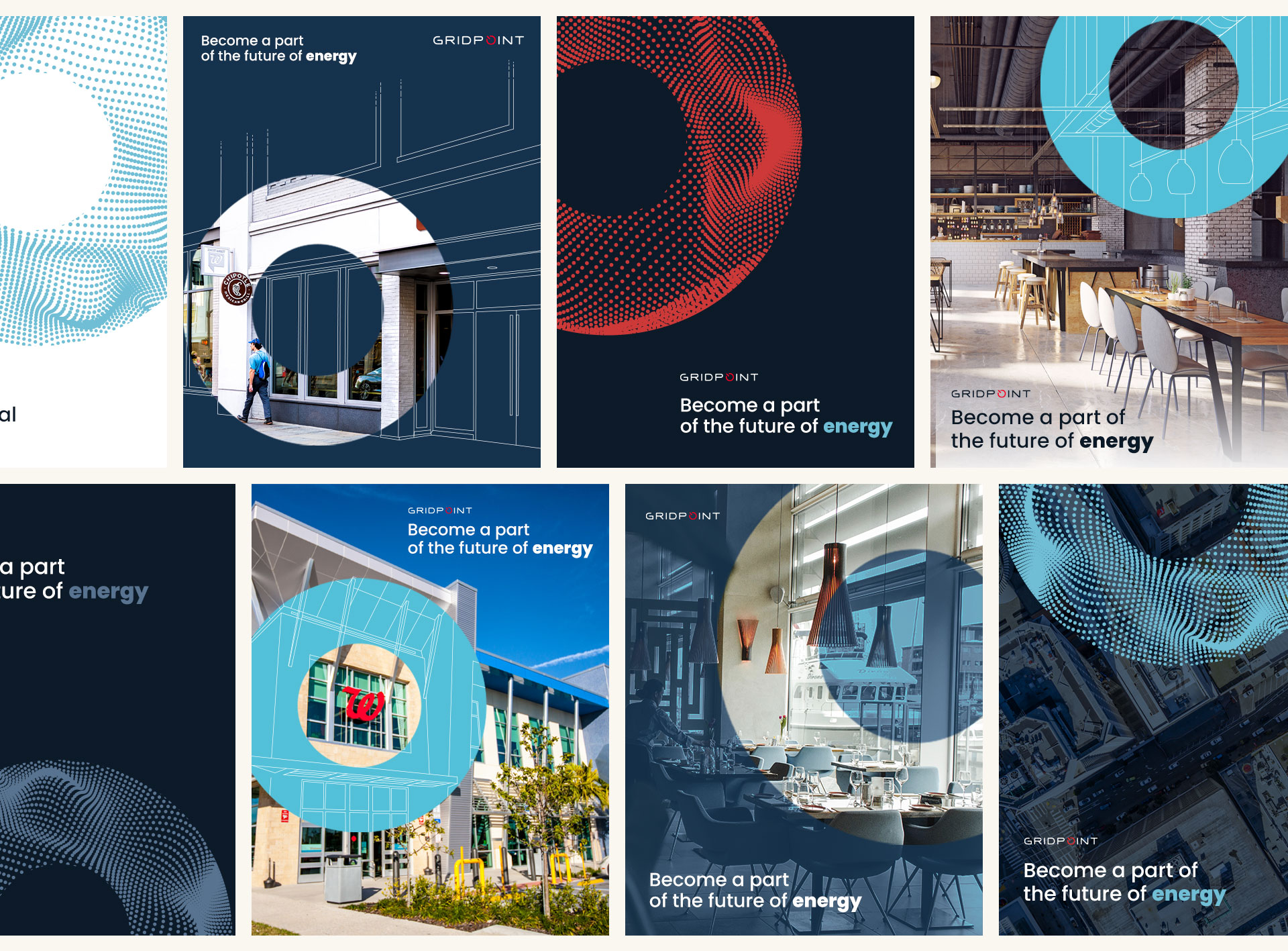
Looking Ahead: Preparing for the Future
Monitor Federal Trends
Staying ahead requires keeping a close eye on federal guidance, especially from agencies like the EPA. These updates will serve as a roadmap for aligning your messaging with government priorities.
Be Proactive, Not Reactive
Waiting until federal guidance is finalized may leave you playing catch-up. Instead, proactively incorporate themes of resilience and industrial strength into your branding now to stay ahead of the competition.
Partner with Bluetext to Align Your Messaging
The B2G market is evolving rapidly, and staying competitive means adapting your messaging to align with federal priorities. At Bluetext, we specialize in helping B2G companies craft compelling narratives that resonate with government agencies. Contact us today to learn how we can help you shift from “green” to “grit” and position your brand for success in this changing landscape.
In the healthcare industry, trust and privacy are paramount. Patients and providers alike demand reassurance that sensitive data is being handled securely and ethically. As data breaches and cybersecurity threats make headlines, healthcare organizations have a unique opportunity to differentiate themselves by showcasing their commitment to data privacy and compliance.
For healthcare marketers, emphasizing strong privacy practices, such as HIPAA compliance and cutting-edge data security measures, isn’t just a regulatory necessity—it’s a strategic advantage. This blog explores how to turn data privacy into a compelling value proposition that resonates with hospitals, clinics, and healthcare networks.
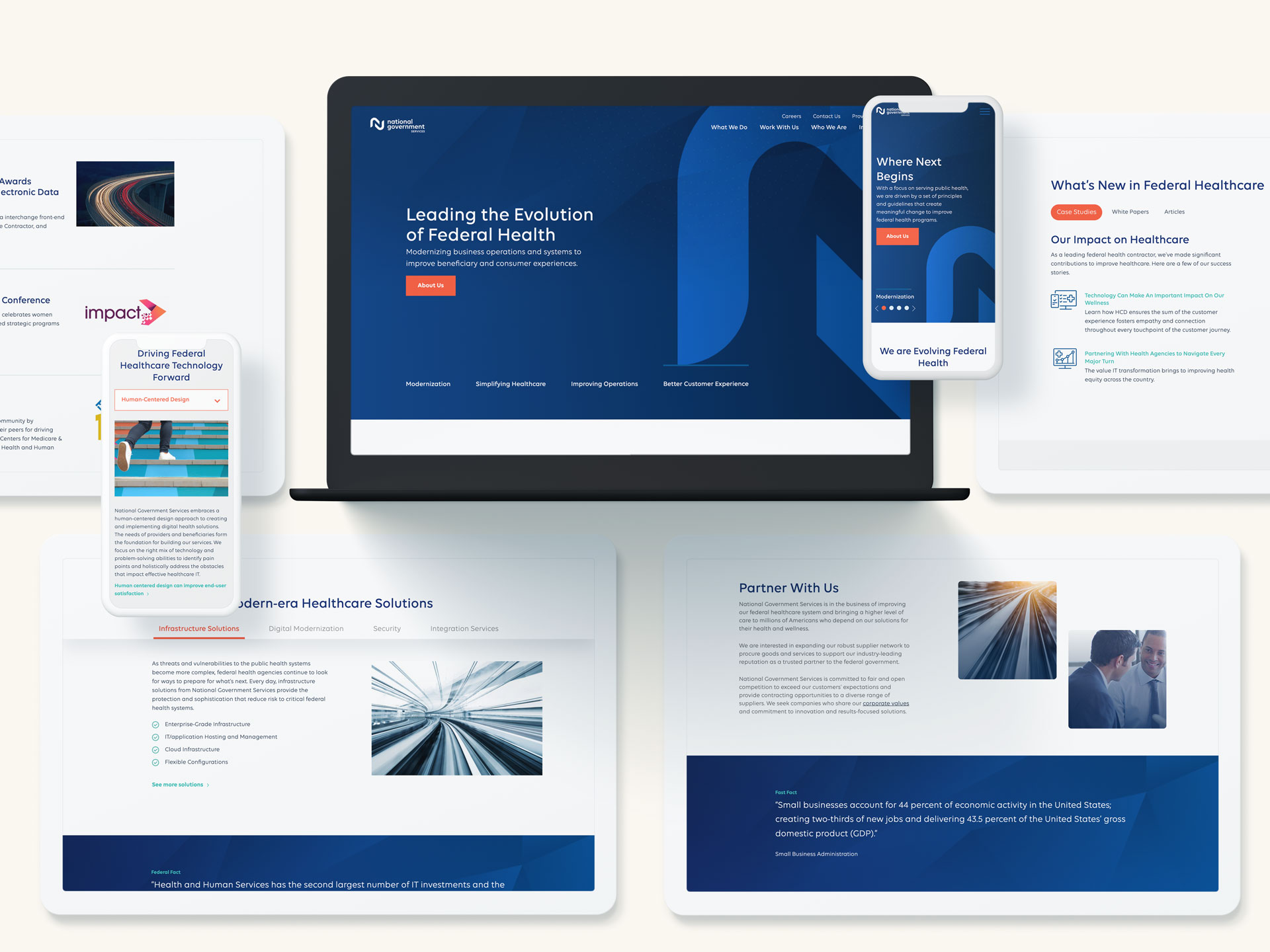
Why Data Privacy Matters to Healthcare Audiences
Healthcare professionals operate in one of the most highly regulated and privacy-sensitive industries. Their ability to deliver care hinges on secure and accurate data management. When choosing partners, they look for organizations that prioritize data security as much as they do.
Highlighting your commitment to data privacy addresses several key buyer concerns:
- Regulatory Compliance: Ensuring patient confidentiality is a non-negotiable requirement for any healthcare partner. Compliance with standards like HIPAA or GDPR signals reliability.
- Trust and Transparency: Organizations that communicate openly about their privacy practices foster trust with their audience.
- Risk Mitigation: Data breaches can lead to severe financial penalties and reputational damage. Healthcare organizations want partners who reduce, not add to, their risks.
By aligning your marketing with these priorities, your brand becomes a trusted ally in a challenging landscape.

Turning Compliance into a Competitive Edge
Many healthcare companies view compliance as a box to check, but savvy marketers understand its potential as a selling point. Here’s how to elevate compliance from a baseline requirement to a standout feature:
- Showcase Certifications: Use your marketing materials to prominently feature industry certifications and accreditations. This reassures buyers that your processes meet or exceed regulatory standards.
- Educate Your Audience: Share blogs, videos, or whitepapers that explain complex data privacy topics in accessible language. For example, create content that demystifies HIPAA or offers tips for avoiding common compliance pitfalls.
- Promote a Proactive Approach: Highlight how your brand goes beyond basic compliance to implement advanced security measures, such as data encryption, threat detection, or regular audits.
These efforts position your brand as a partner that prioritizes customer safety and peace of mind.
Crafting a Privacy-Focused Brand Narrative
Marketing campaigns that weave privacy into their core messaging stand out in a crowded field. To craft a compelling narrative:
- Focus on the Human Impact: Remind your audience that data privacy isn’t just about technology—it’s about protecting patients’ lives and well-being.
- Highlight Your Role as a Guardian: Frame your organization as a protector of sensitive healthcare information.
- Use Real-World Examples: Share anonymized case studies to illustrate how your privacy protocols have successfully safeguarded patient data or avoided breaches.
When your messaging resonates on an emotional level, it leaves a lasting impression.
Tools and Channels to Amplify Your Message
To effectively convey your commitment to data privacy, leverage the right platforms and strategies:
- LinkedIn Thought Leadership: Publish posts or articles that share your team’s insights on data privacy trends in healthcare.
- Email Campaigns: Develop segmented campaigns targeting different audiences, such as CIOs or compliance officers, emphasizing your privacy strengths.
- Trade Shows and Events: Use conferences to showcase your expertise, whether through speaking engagements or interactive booth displays that highlight your security protocols.
These efforts ensure your message reaches decision-makers and influencers across the healthcare ecosystem.
Building Trust Through Data Privacy
In today’s healthcare landscape, a brand’s commitment to data privacy can set it apart from competitors. By proactively addressing privacy concerns and demonstrating compliance, healthcare marketers can build trust, foster long-term relationships, and create a competitive edge.
Are you ready to position your healthcare brand as a leader in data privacy and security? Contact Bluetext today to learn how we can help you create impactful campaigns that resonate with your audience.
As the marketing landscape continues to evolve at a breakneck pace, businesses must look ahead to stay competitive in the years to come. By 2025, the strategies that once worked will need to be adapted to meet new expectations and leverage emerging technologies. From AI-driven personalization to sustainability in brand messaging, the future of marketing will be shaped by innovation, agility, and a deep understanding of consumer preferences.
In this blog, we’ll explore the key trends that will drive marketing success in 2025 and provide actionable steps businesses can take today to future-proof their marketing efforts.
The Power of AI-Driven Personalization
Artificial intelligence (AI) is transforming marketing by enabling hyper-personalized customer experiences at scale. AI tools can analyze vast amounts of customer data, allowing brands to predict behavior, deliver tailored content, and create highly relevant recommendations. This level of personalization not only enhances customer satisfaction but also fosters brand loyalty.
For instance, companies like Netflix and Amazon have mastered the art of AI-driven personalization, delivering content and product recommendations based on user preferences and behavior. As we approach 2025, consumers will expect this kind of personalized experience from every brand they interact with.
Actionable Step: Invest in AI-powered marketing tools that allow you to gather and analyze customer data effectively. Start by integrating AI into your email marketing, content delivery, and e-commerce platforms to offer personalized recommendations and improve engagement.
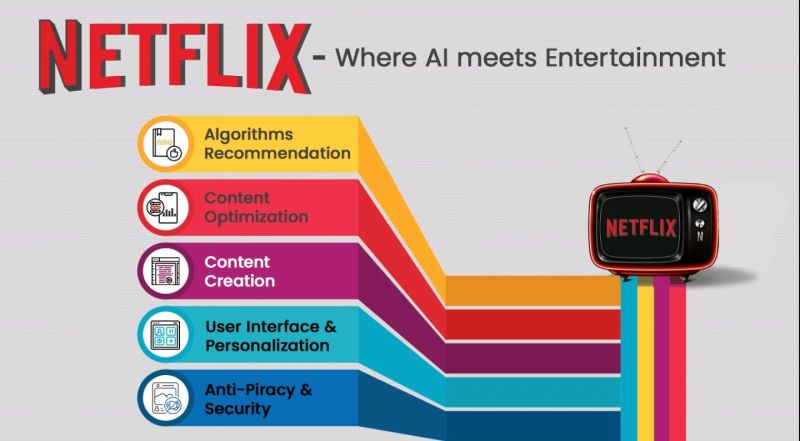
Omnichannel Customer Experiences
In 2025, the line between online and offline experiences will blur even further, with customers expecting seamless interactions across multiple touchpoints. An omnichannel marketing strategy ensures that no matter where your audience engages with your brand—whether it’s through social media, email, in-store, or mobile apps—the experience feels unified and consistent.
Leading brands are already embracing omnichannel strategies to create frictionless experiences. For example, Starbucks’ mobile app integrates with in-store interactions, allowing customers to order ahead, earn rewards, and pay seamlessly. This kind of cohesive approach will be crucial to staying competitive.
Actionable Step: Begin mapping out your customer journey to identify where your audience engages with your brand. Develop a strategy that ensures a consistent brand message and customer experience across all platforms and devices.
Embracing Sustainability in Brand Messaging
As consumers become more socially conscious, sustainability is no longer a nice-to-have but a necessity for brands looking to build trust and loyalty. By 2025, sustainability will be a key driver of purchase decisions, with customers seeking out brands that align with their values, particularly regarding environmental and ethical concerns.
Brands like Patagonia and Allbirds have built their entire ethos around sustainability, and their transparent, eco-friendly practices resonate deeply with today’s consumers. As environmental concerns grow, incorporating sustainability into your marketing messaging will become even more critical.
Actionable Step: Assess your brand’s current sustainability efforts and look for ways to authentically integrate these values into your marketing. Share your sustainability initiatives openly, whether through product development, sourcing, or corporate social responsibility.
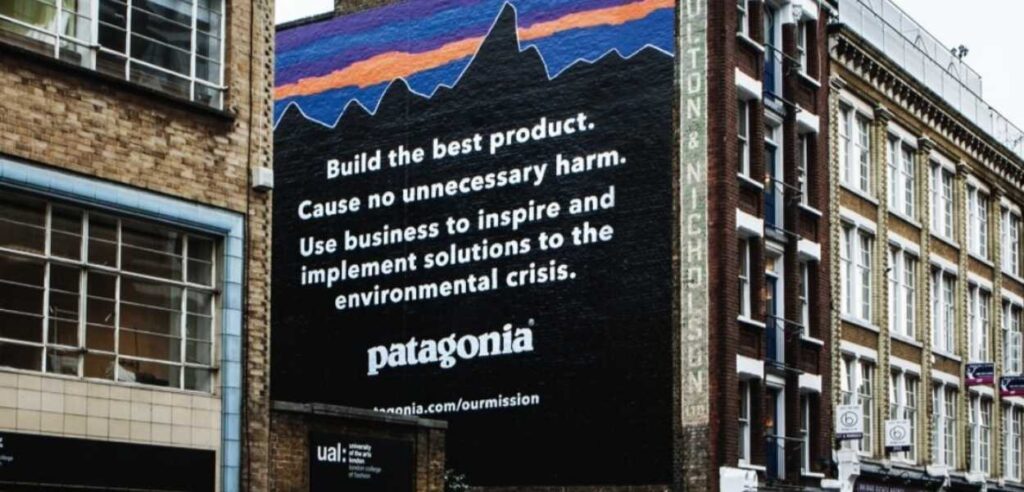
Investing in Data Analytics for Better Decision-Making
Data will continue to be the lifeblood of effective marketing strategies in 2025. Brands that harness the power of data analytics will be better equipped to make informed decisions, predict trends, and tailor their campaigns to meet customer expectations. The ability to access real-time insights and predictive analytics will set top performers apart from the competition.
However, with the rise of data privacy regulations, businesses must also be mindful of how they collect and use customer data. Ethical data practices will be critical in building trust with consumers who are increasingly concerned about privacy.
Actionable Step: Invest in advanced data analytics tools and teams to improve your ability to make data-driven decisions. Ensure your data collection processes are transparent and ethical, and prioritize data security to build consumer trust.
Refining Digital Transformation Strategies
Digital transformation isn’t a one-time event—it’s an ongoing process that must evolve alongside new technologies and customer behaviors. As we look toward 2025, businesses that remain agile and continue to refine their digital transformation strategies will be better positioned to succeed.
Mobile-first approaches, automation, and digital agility will be essential in delivering the seamless experiences customers expect. Brands that fail to evolve their digital capabilities risk falling behind competitors who embrace the latest innovations in digital marketing.
Actionable Step: Continuously assess your digital channels and invest in technologies that enable you to deliver personalized, mobile-first experiences. Stay on top of emerging trends and be prepared to pivot your digital strategies as needed.
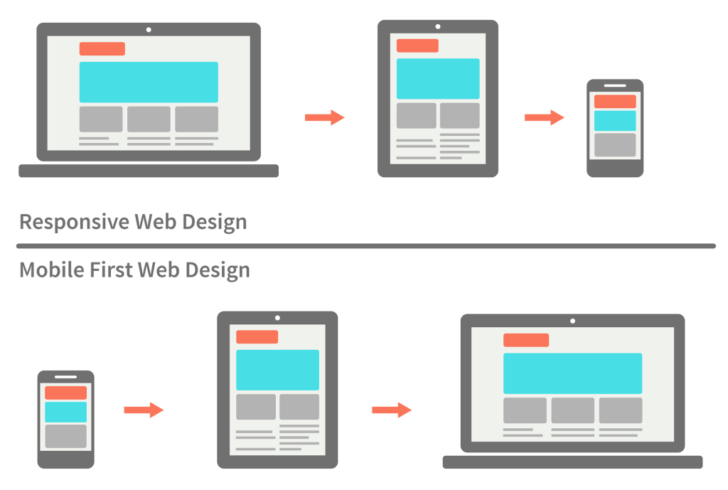
Embracing Ethical Marketing Practices
In 2025, consumers will increasingly favor brands that operate with transparency, inclusivity, and ethical values. Ethical marketing goes beyond avoiding misleading ads—it’s about building long-term trust through honesty, accountability, and a commitment to doing good.
Brands that embrace ethical marketing practices will resonate more deeply with today’s socially conscious consumers. This includes promoting diversity and inclusion, supporting social causes, and being transparent about business practices.
Actionable Step: Review your marketing practices and ensure they align with ethical standards. Be transparent about your brand’s values, and show genuine support for causes that matter to your audience. This will help build long-term loyalty and trust with your customers.
Agility and Innovation: The Cornerstones of Future Marketing
The future of marketing belongs to brands that can adapt quickly to change and foster a culture of innovation. Whether it’s responding to new consumer behaviors, pivoting during a crisis, or leveraging emerging technologies, agility will be key to staying competitive in 2025.
Agile marketing allows teams to iterate quickly, test new ideas, and respond to real-time feedback. Brands like Spotify and Nike have shown how an agile approach enables them to stay ahead of trends and maintain a strong connection with their audience.
Actionable Step: Build an agile marketing team by fostering a culture of experimentation and innovation. Encourage your team to test new ideas, iterate quickly, and adapt to changes in the marketplace.
Take the First Steps Toward Future-Proofing Your Marketing
As the marketing landscape continues to evolve, businesses that embrace AI-driven personalization, omnichannel experiences, sustainability, and ethical marketing will be well-positioned for success in 2025. But to stay competitive, brands must also remain agile and open to innovation.
Contact Bluetext today to start future-proofing your marketing strategies and ensure your brand is ready to thrive in the years to come.
